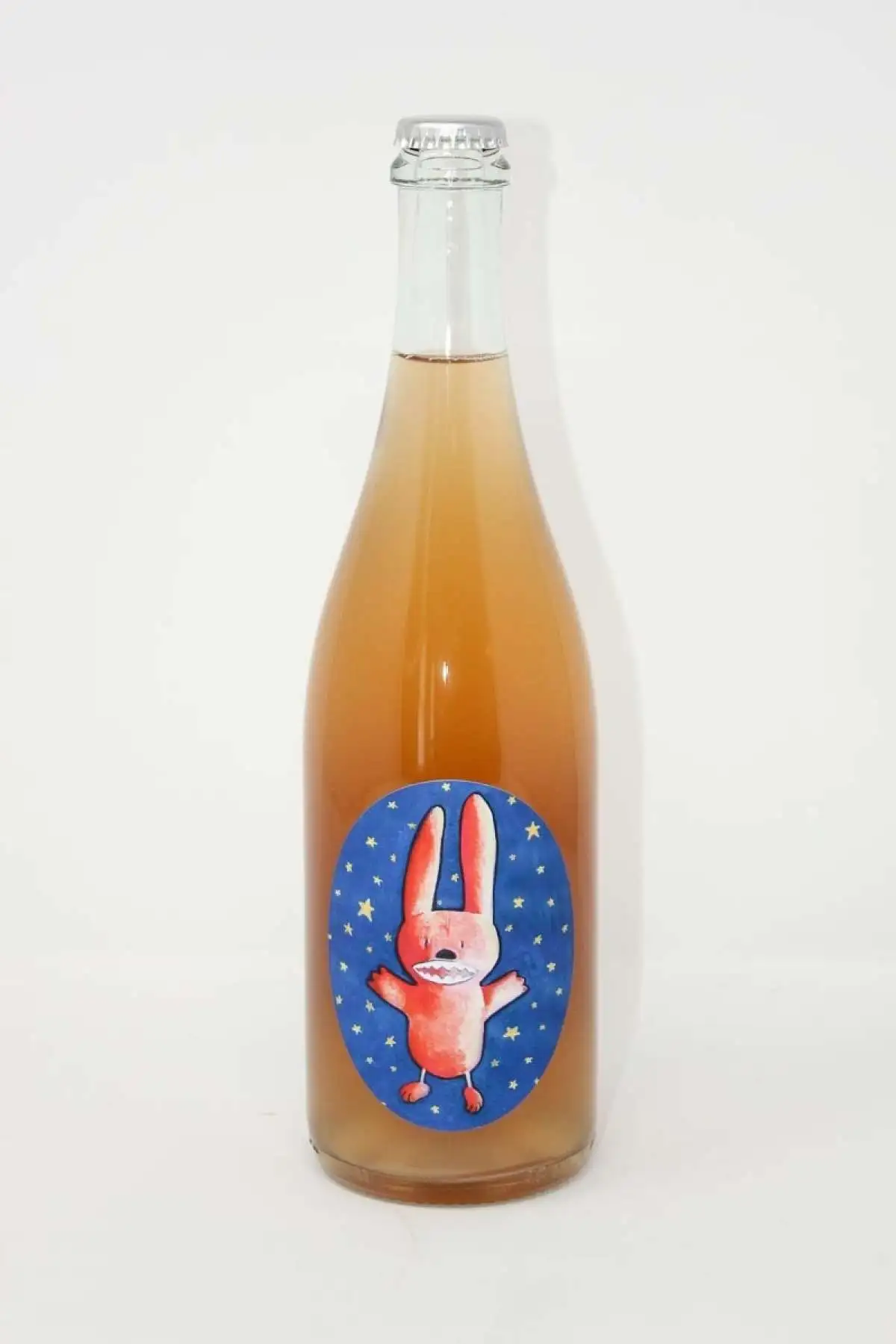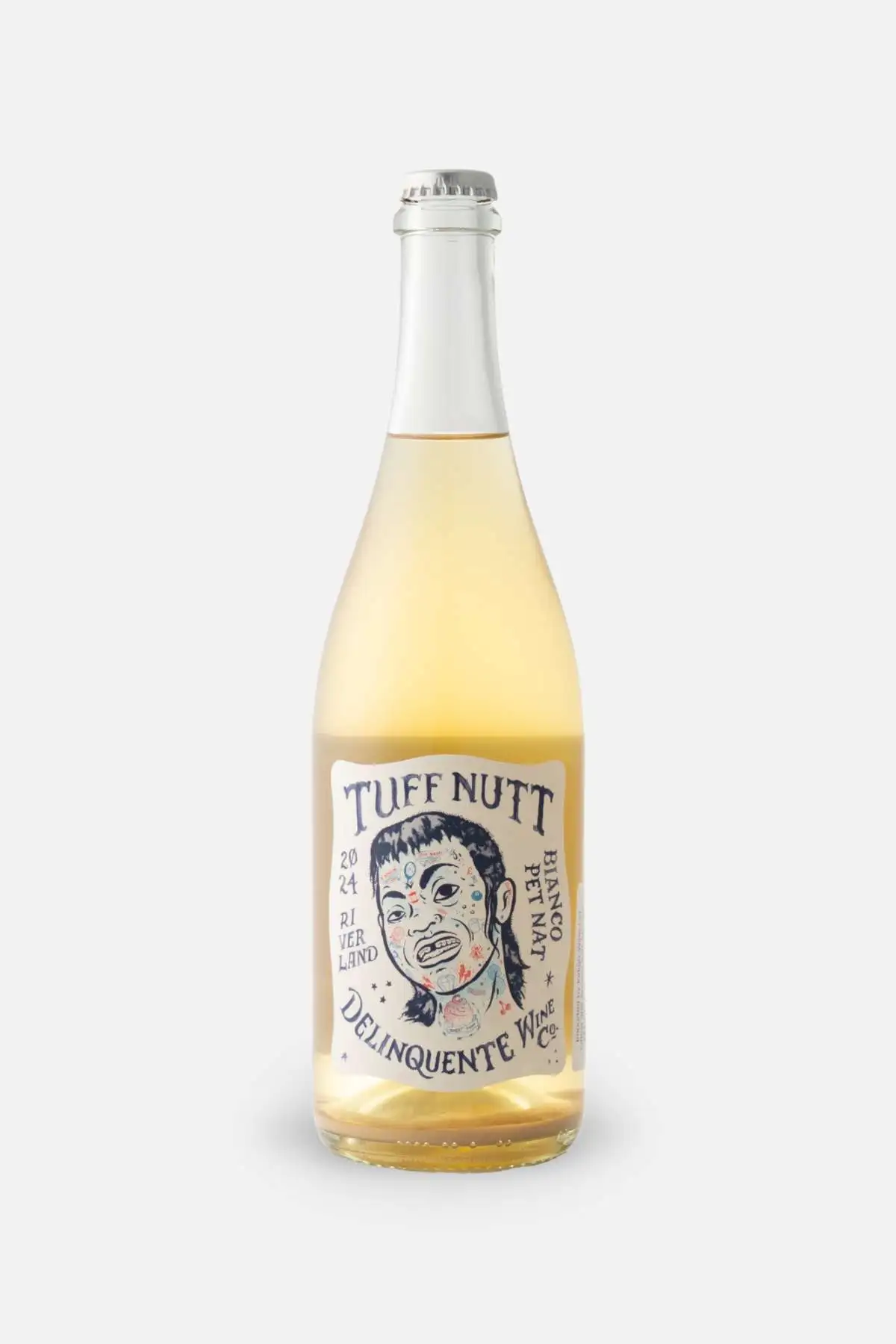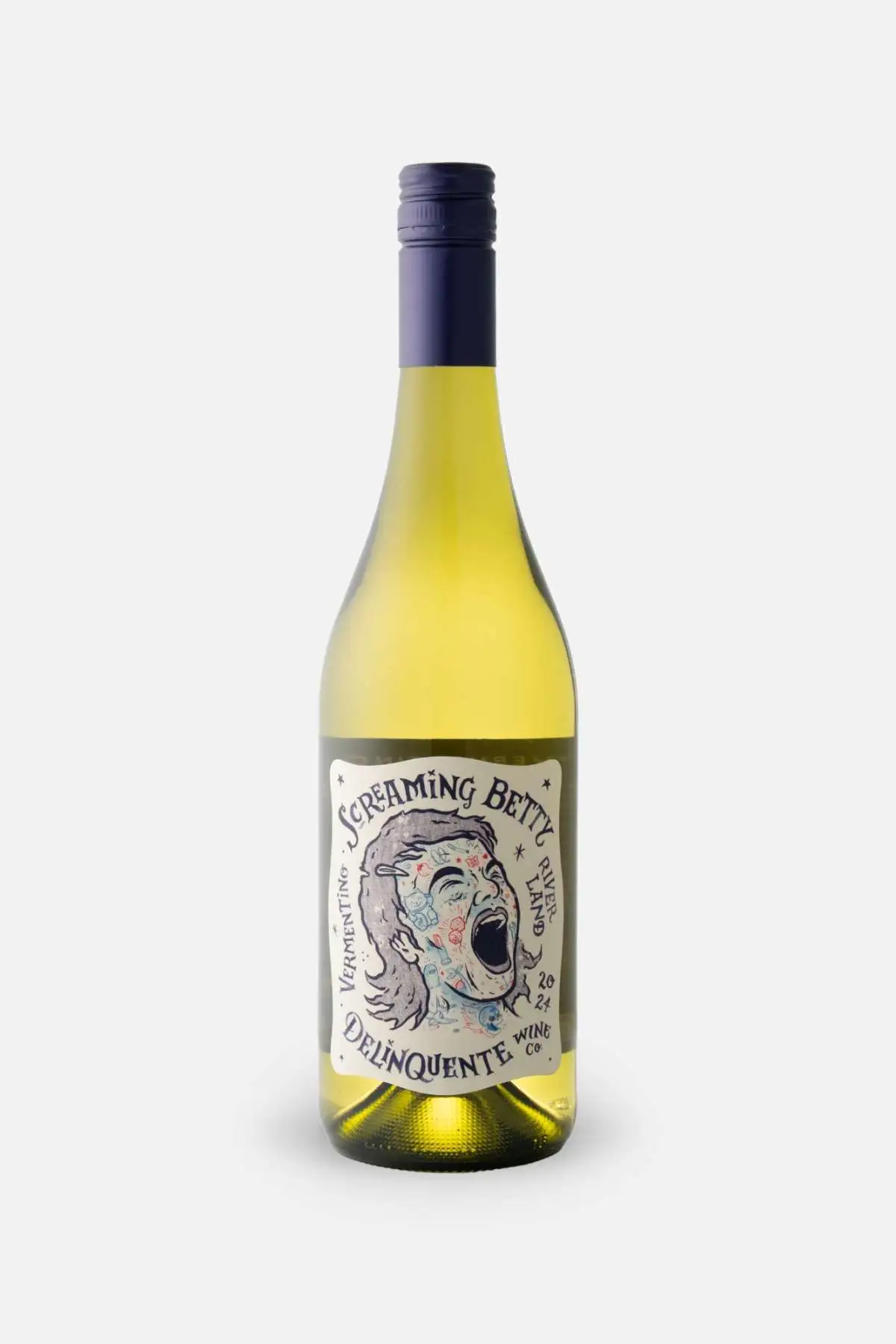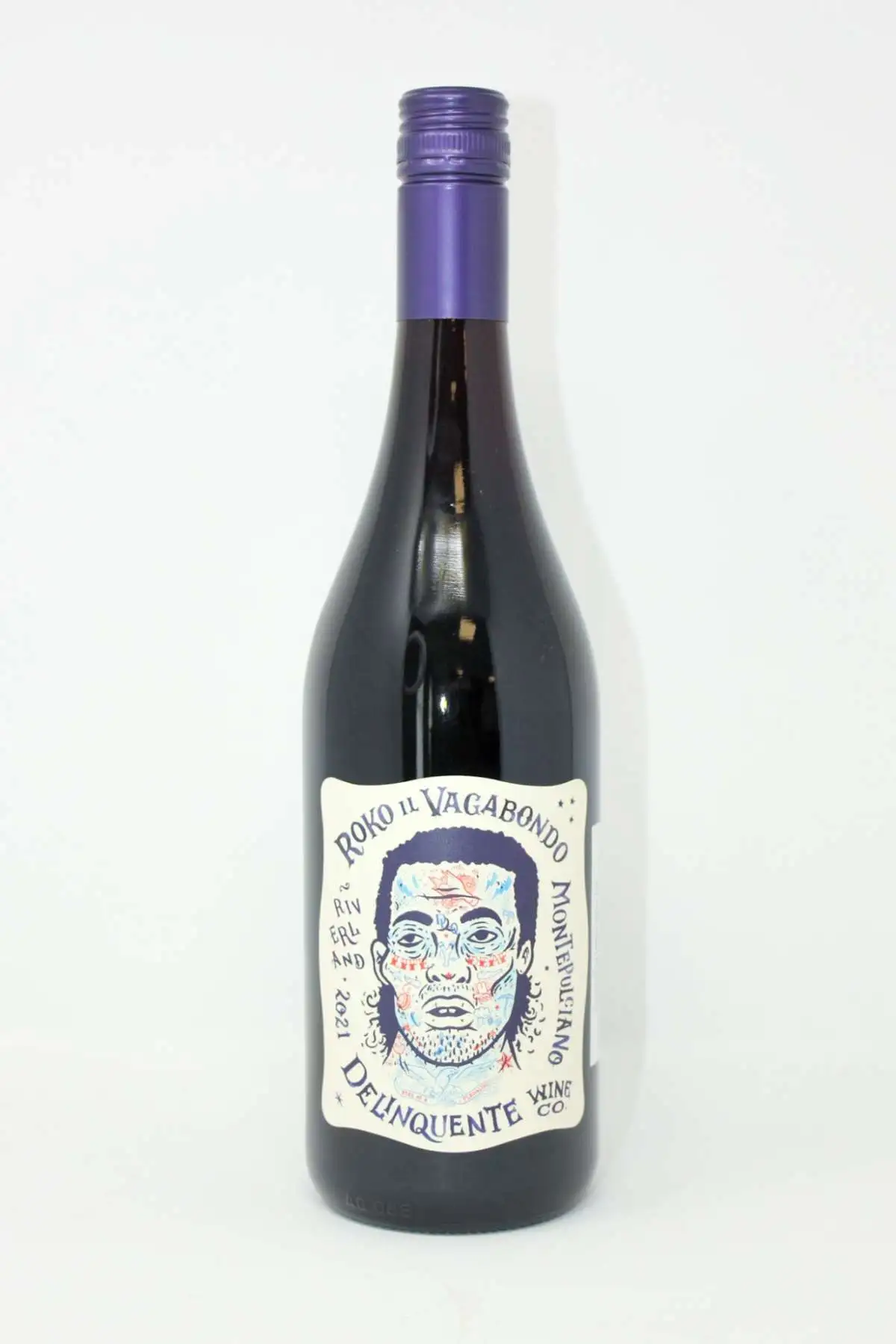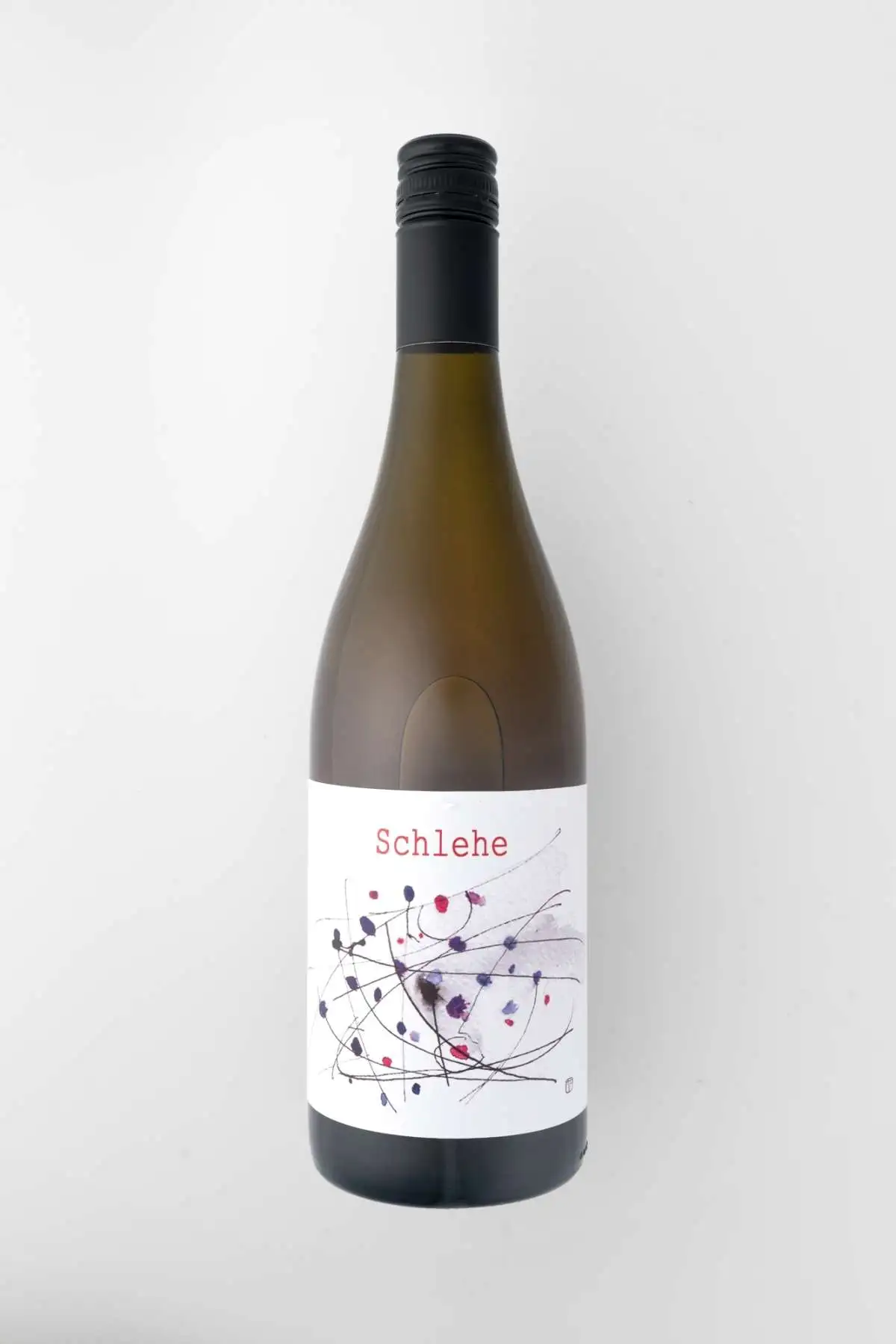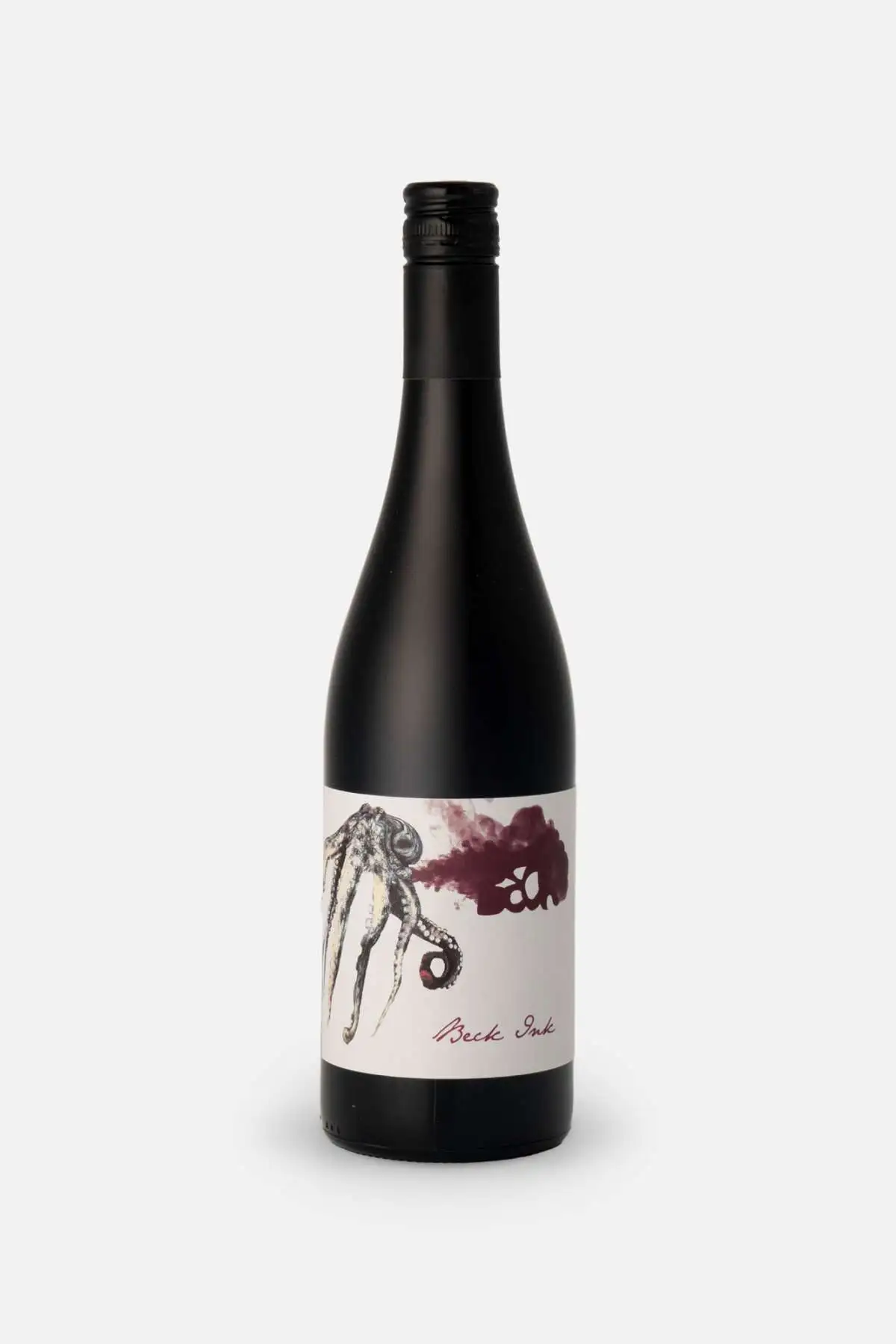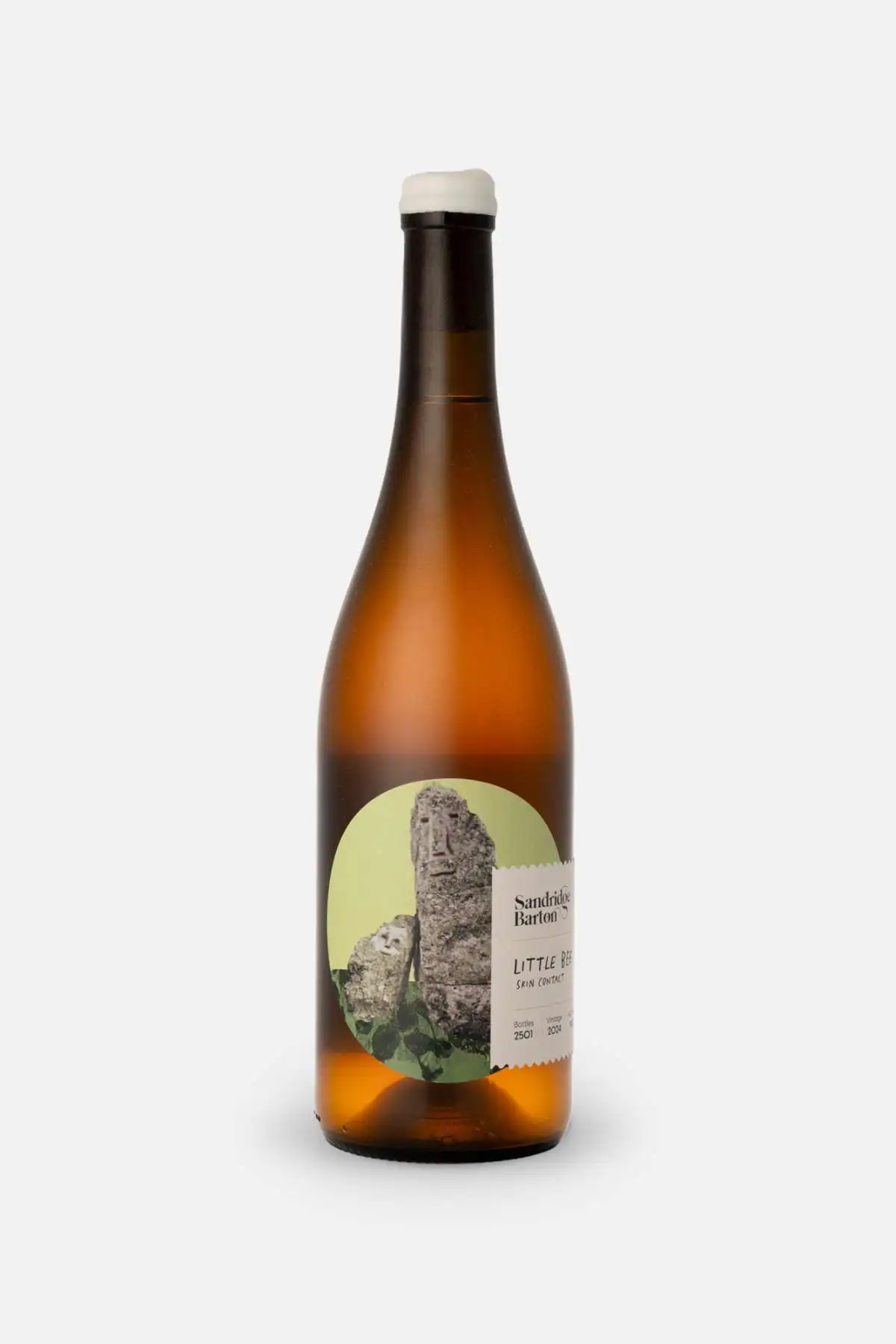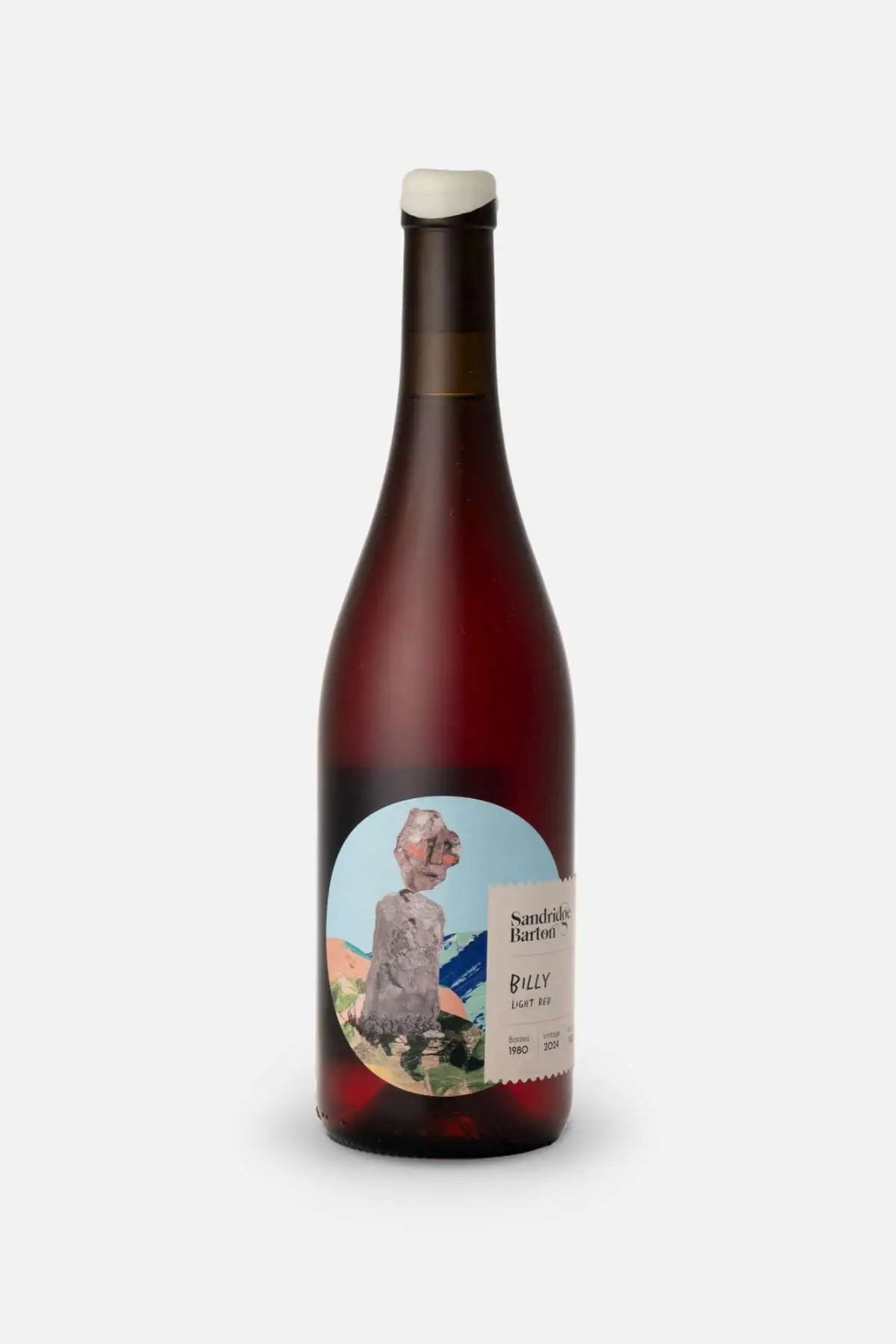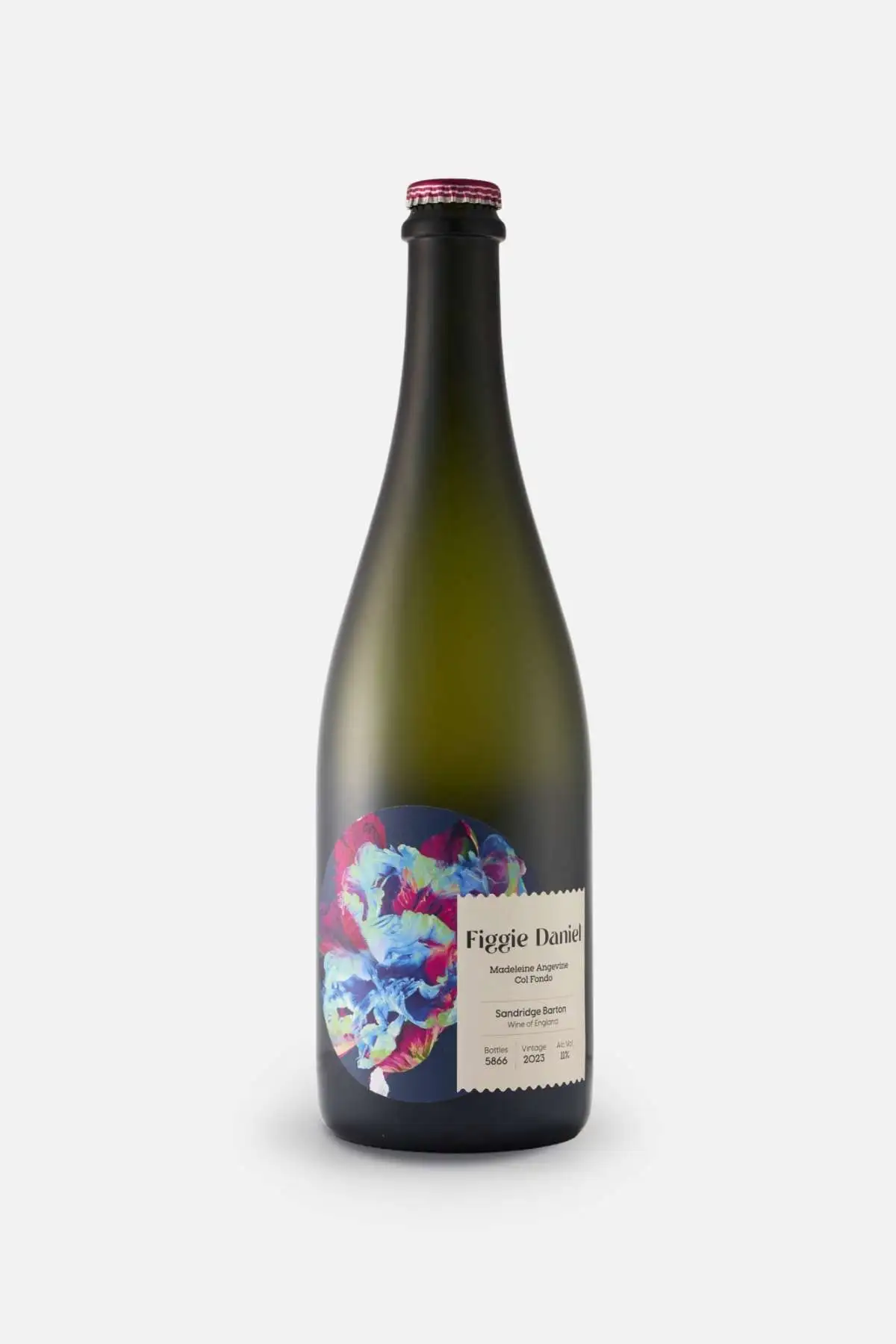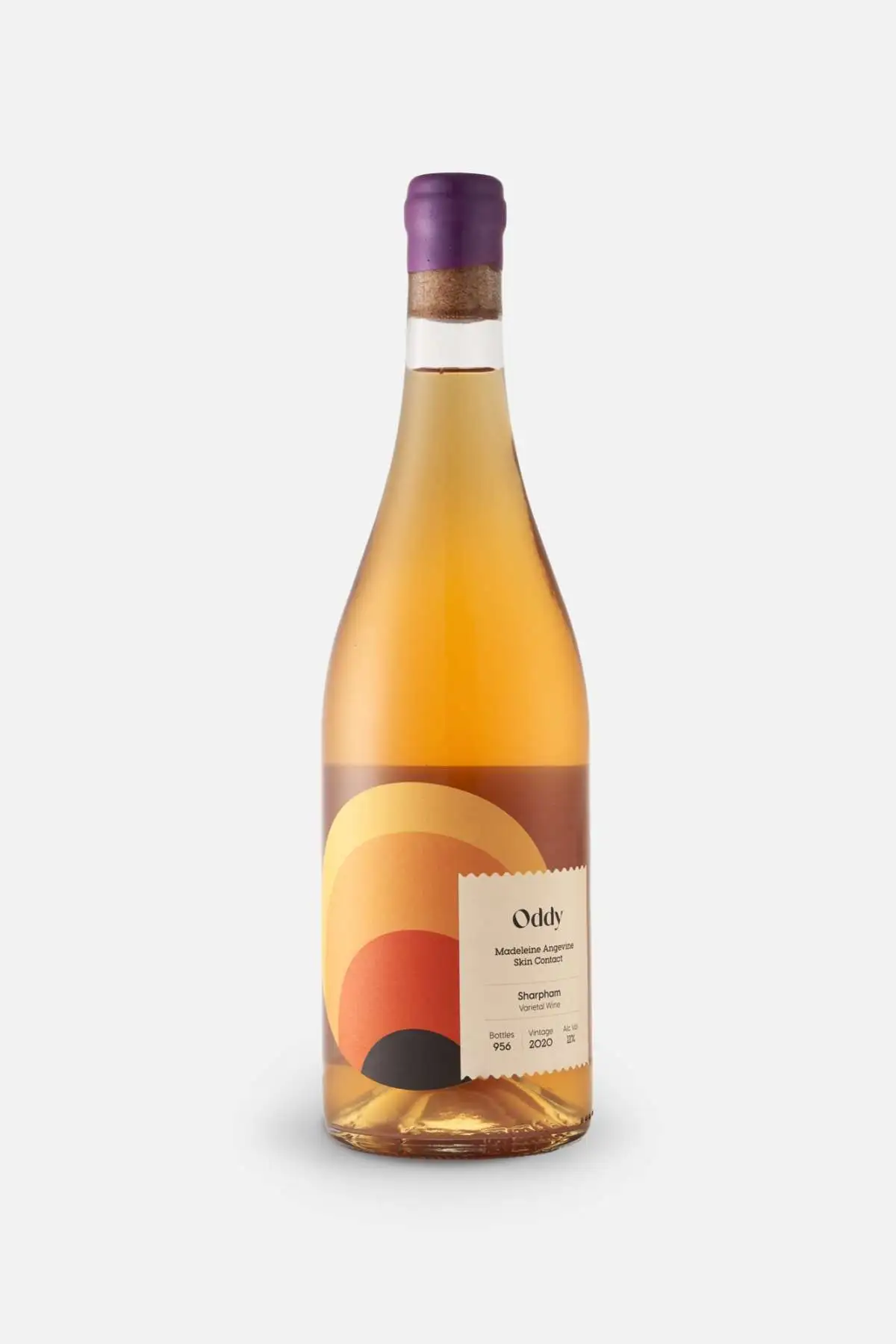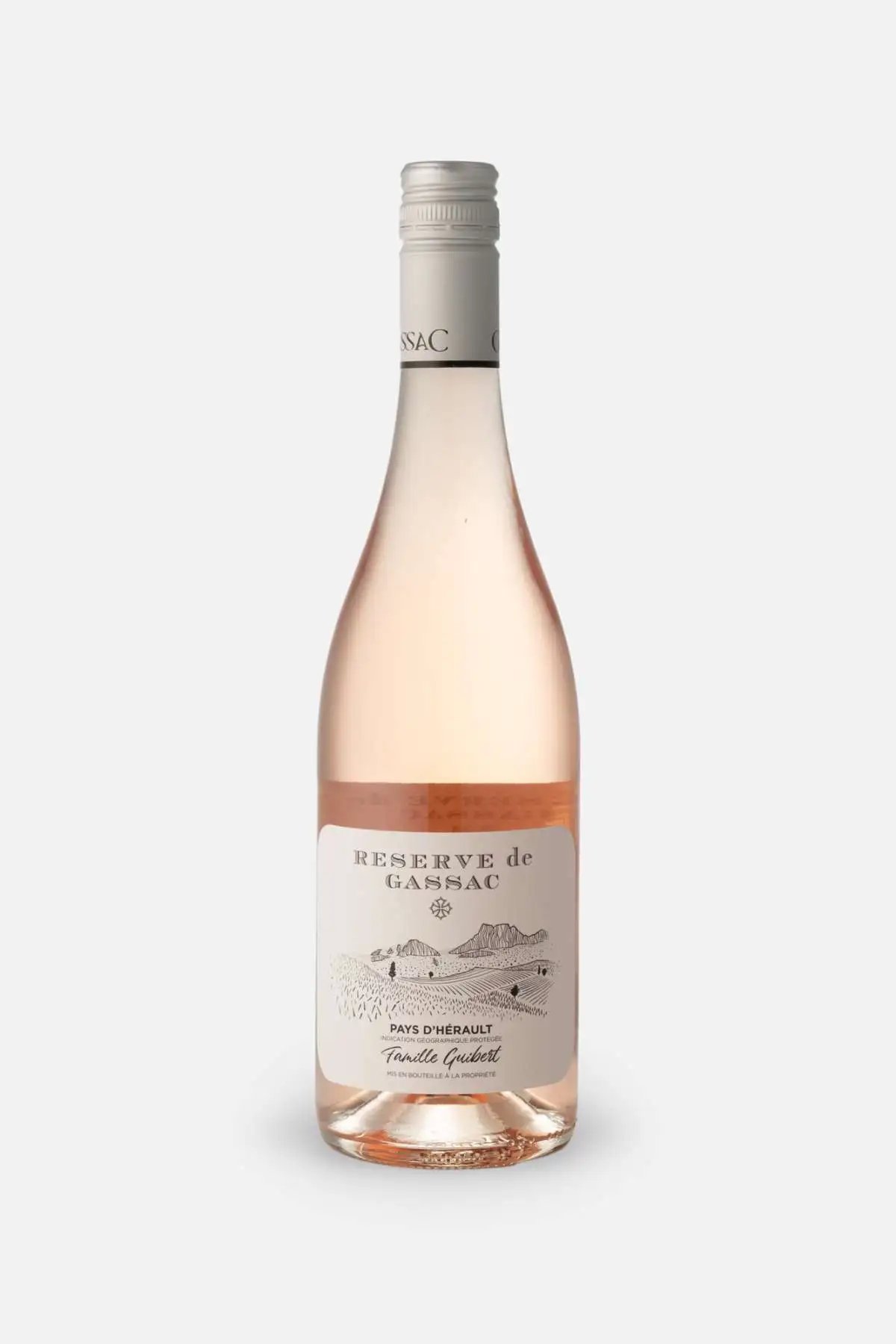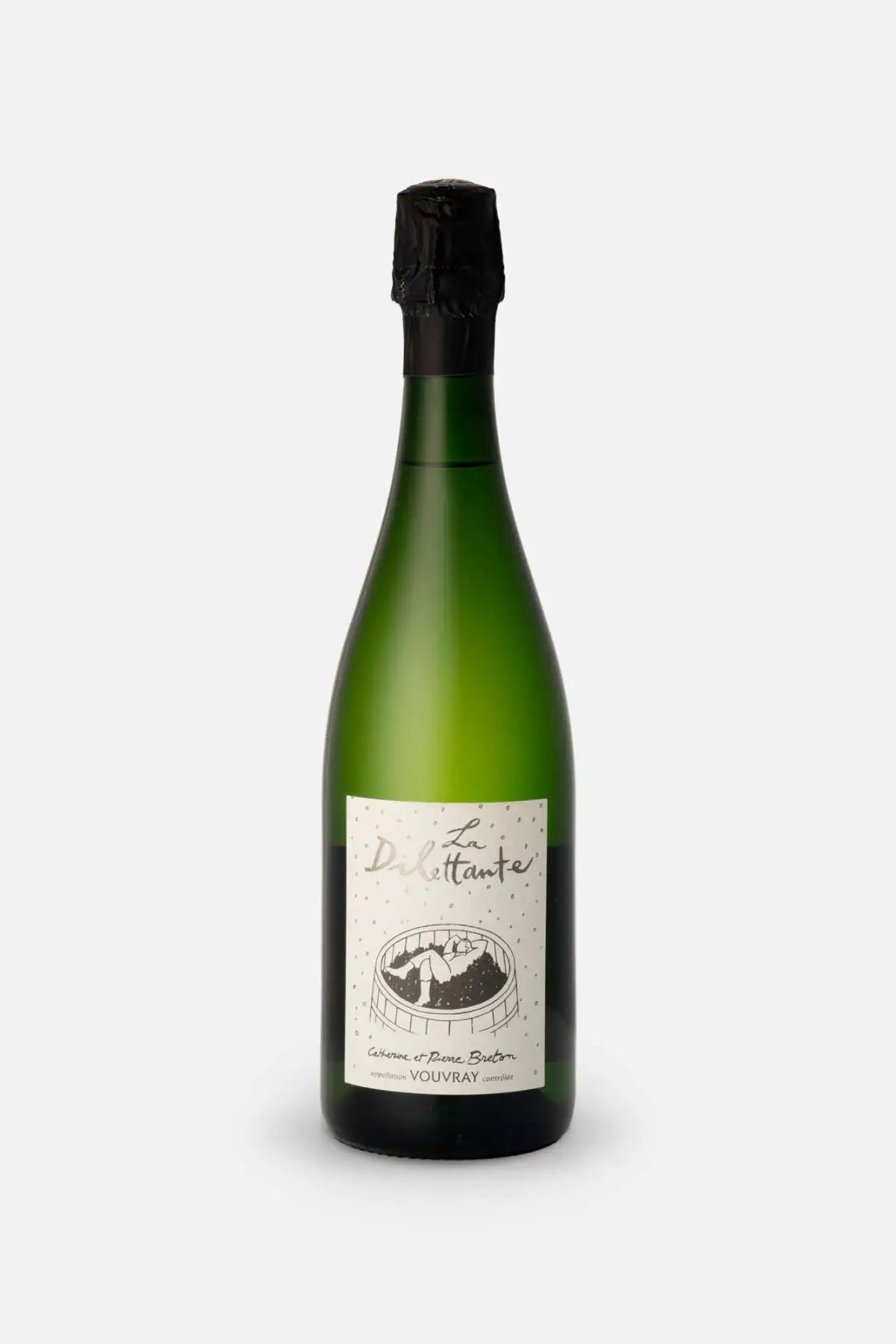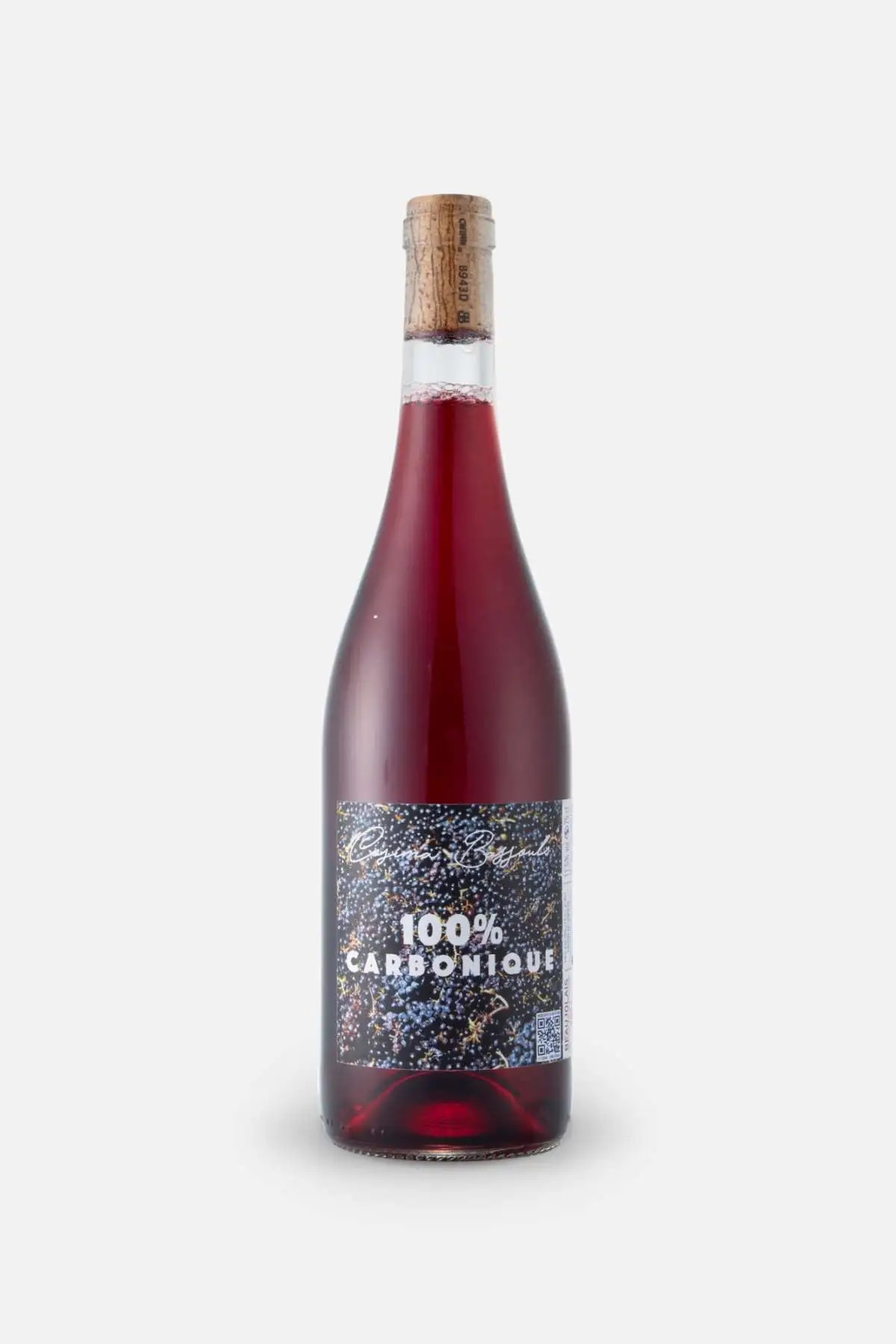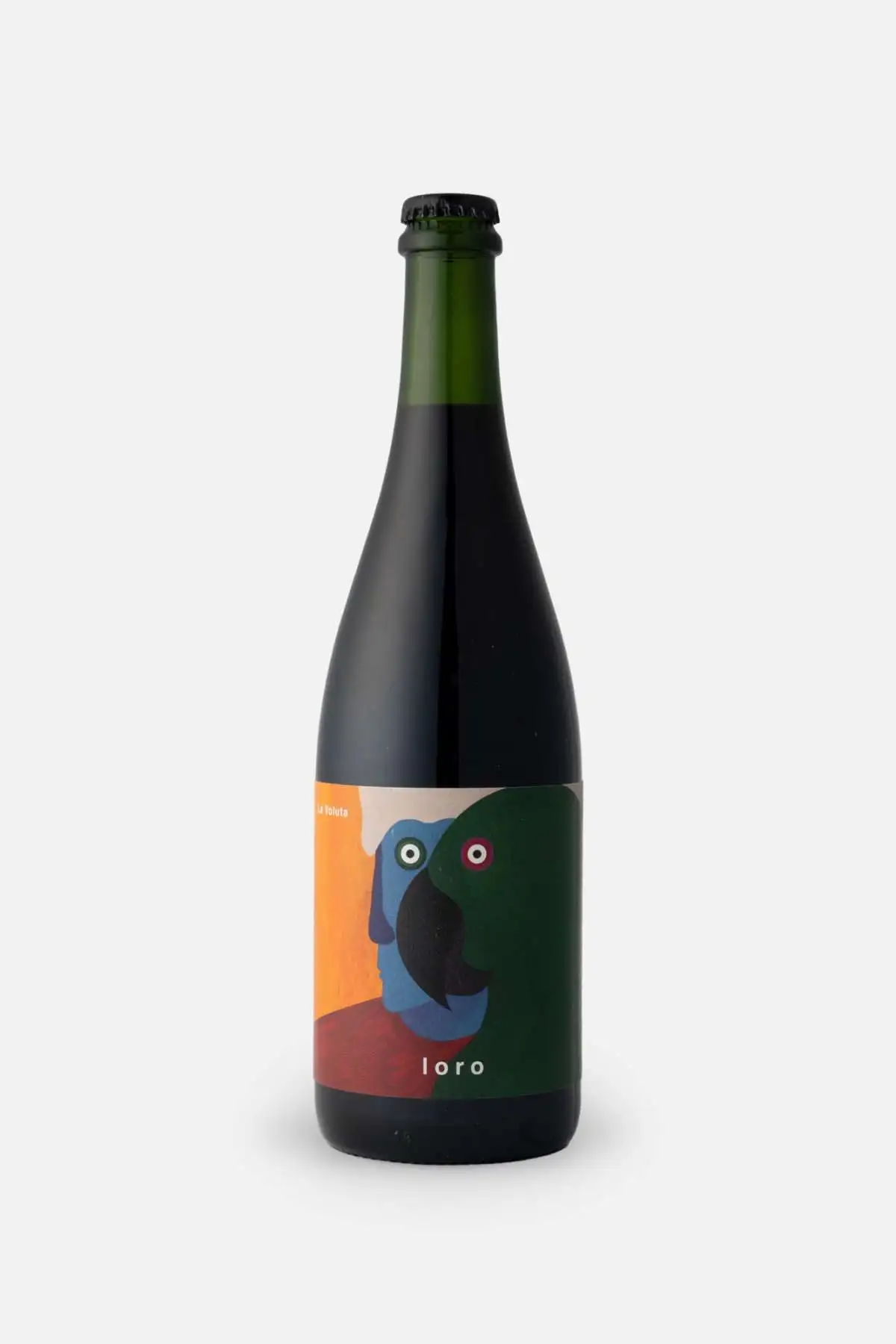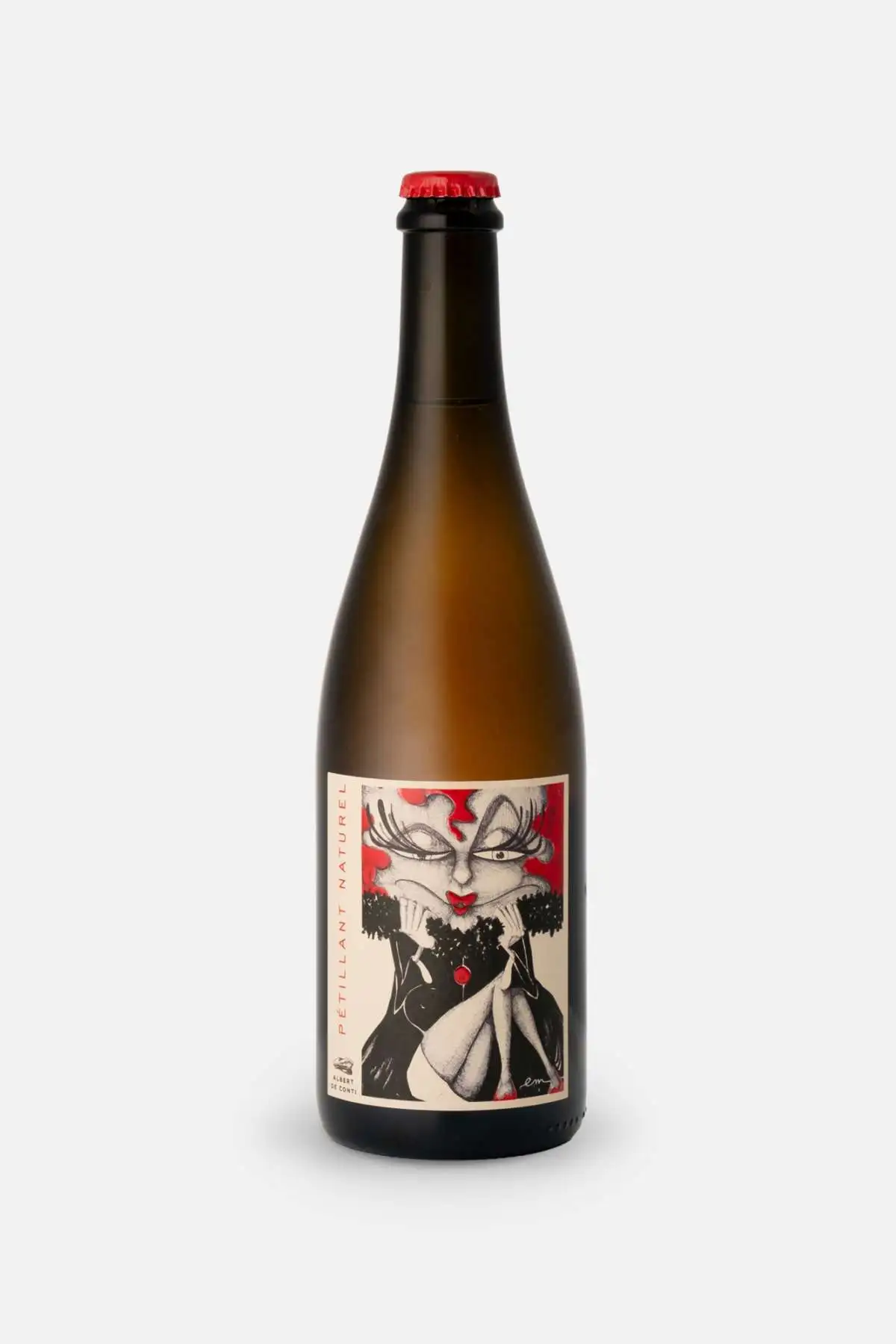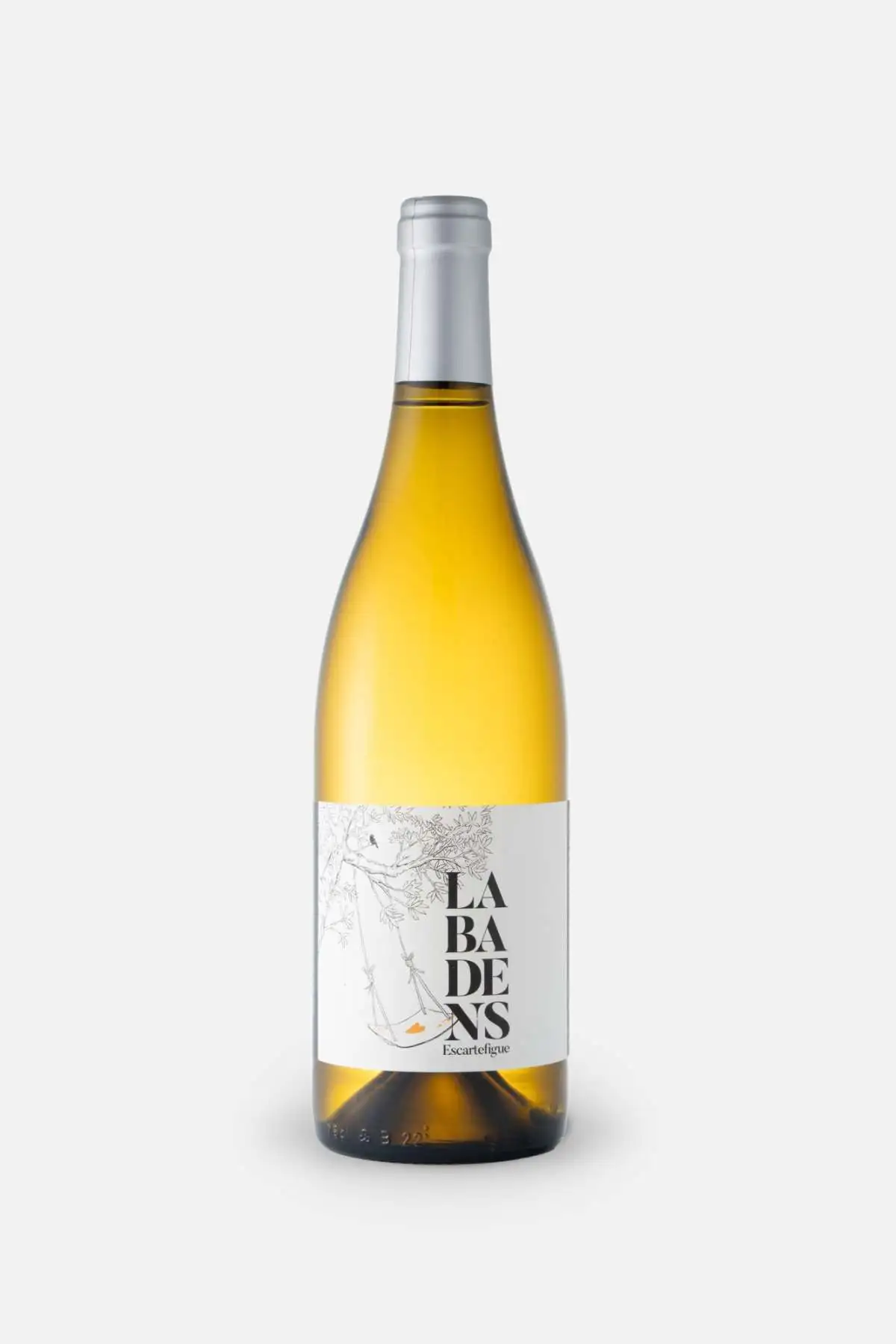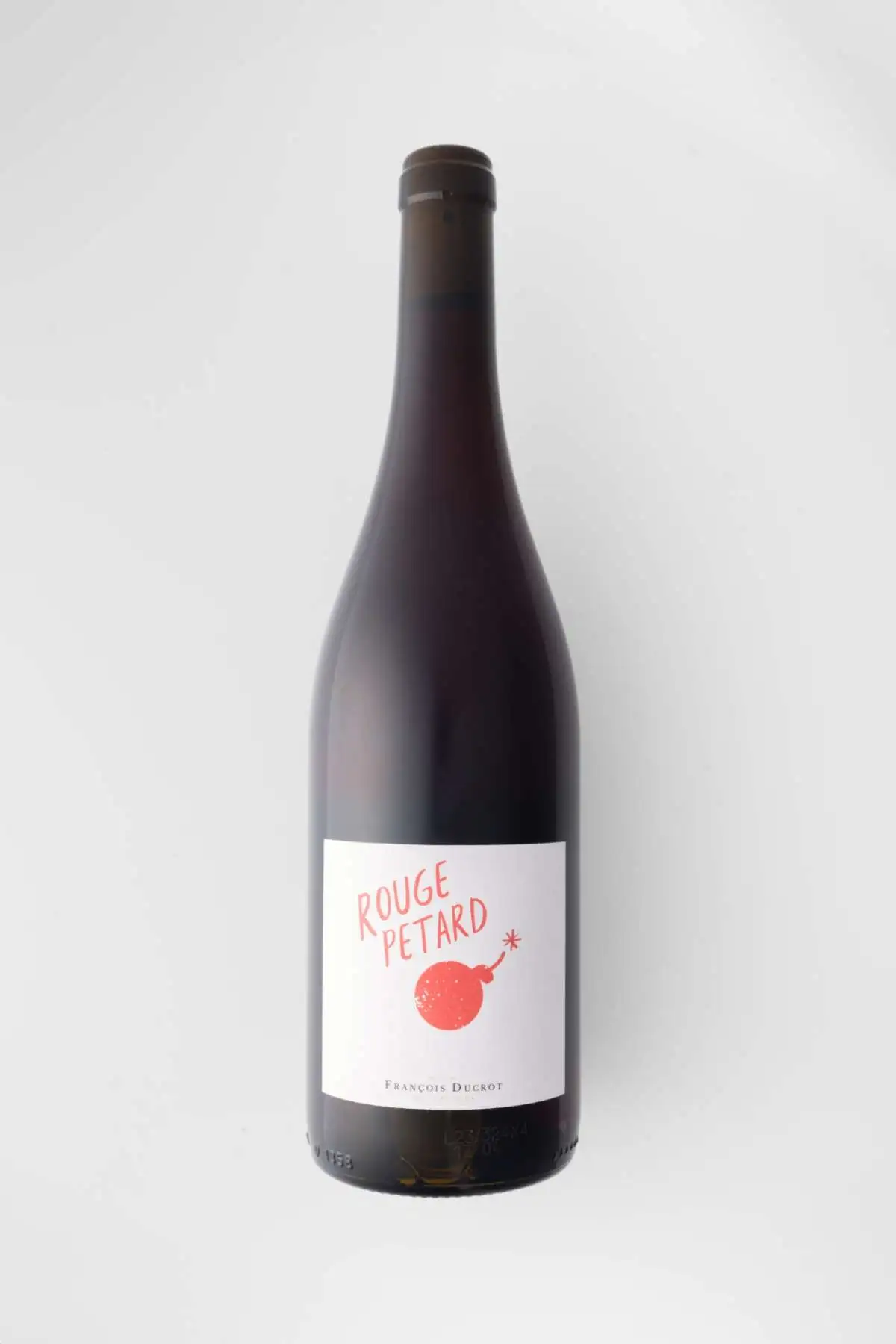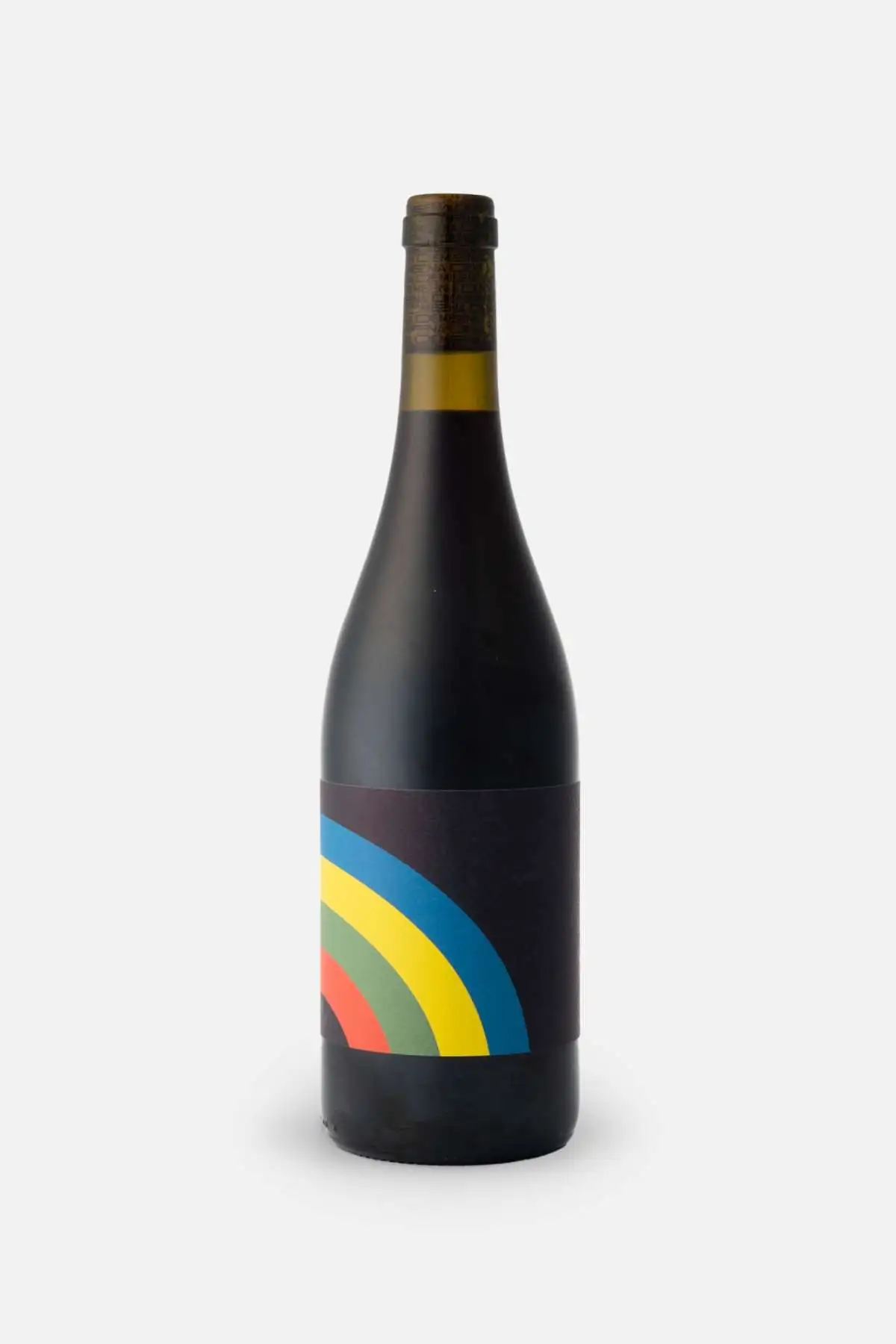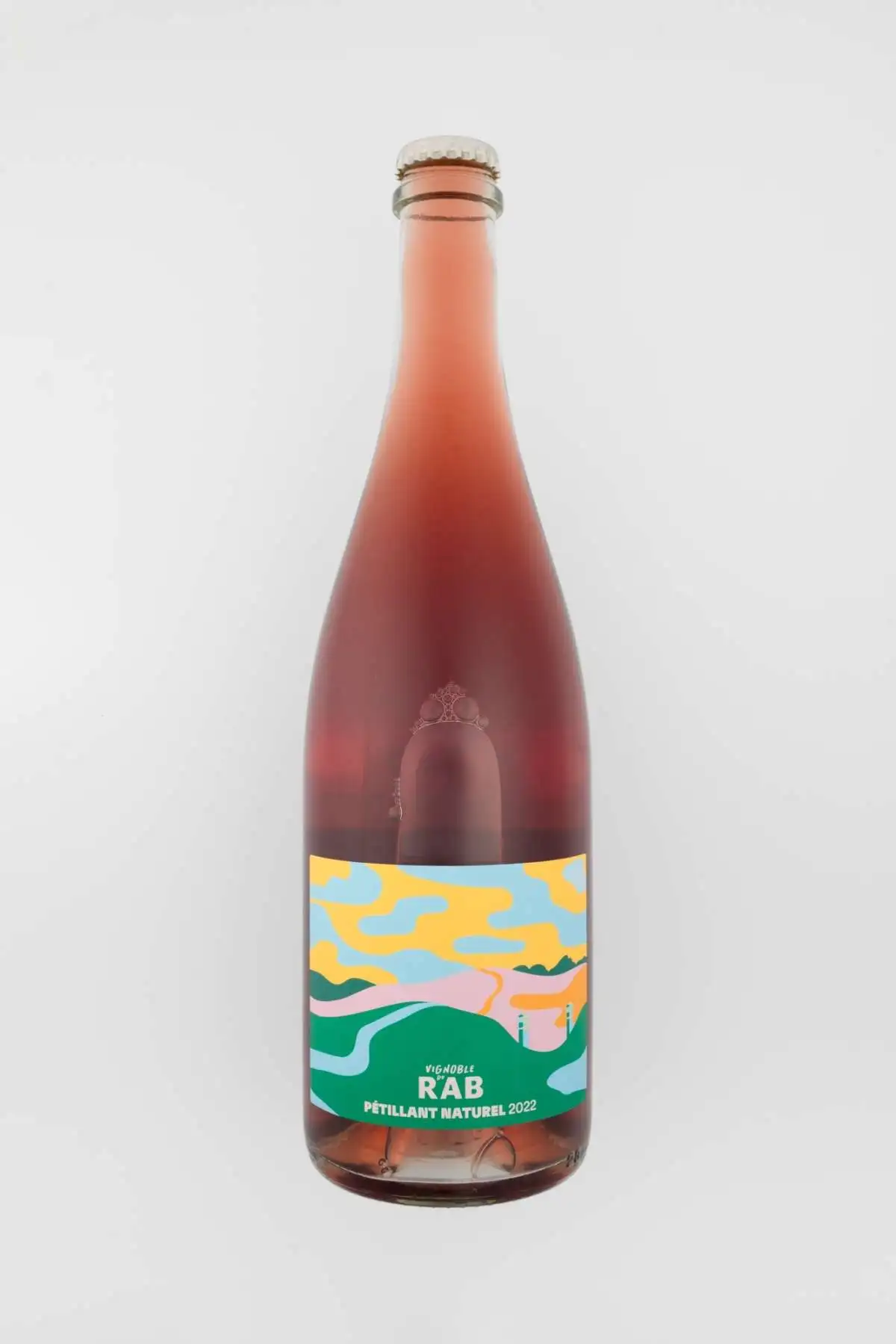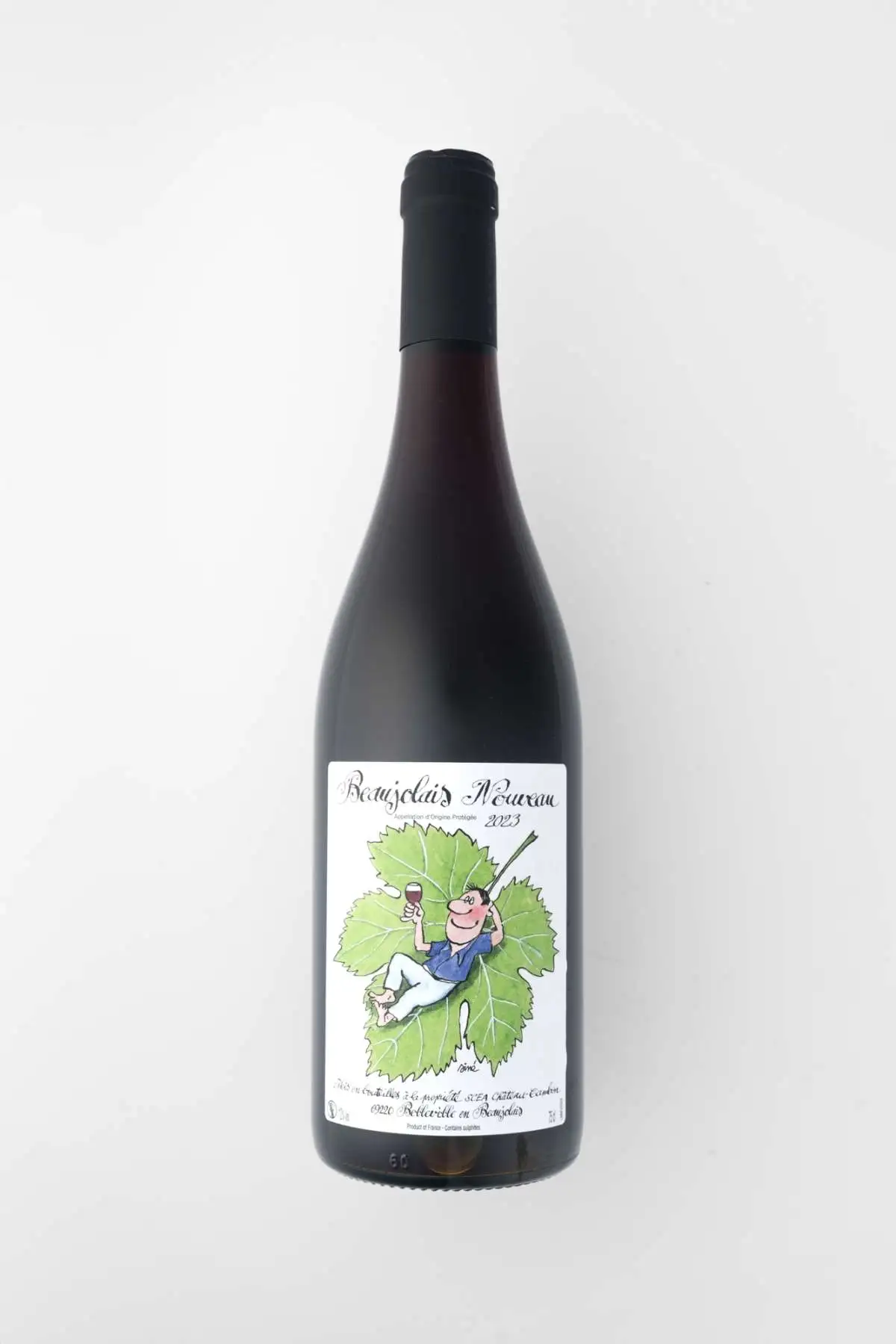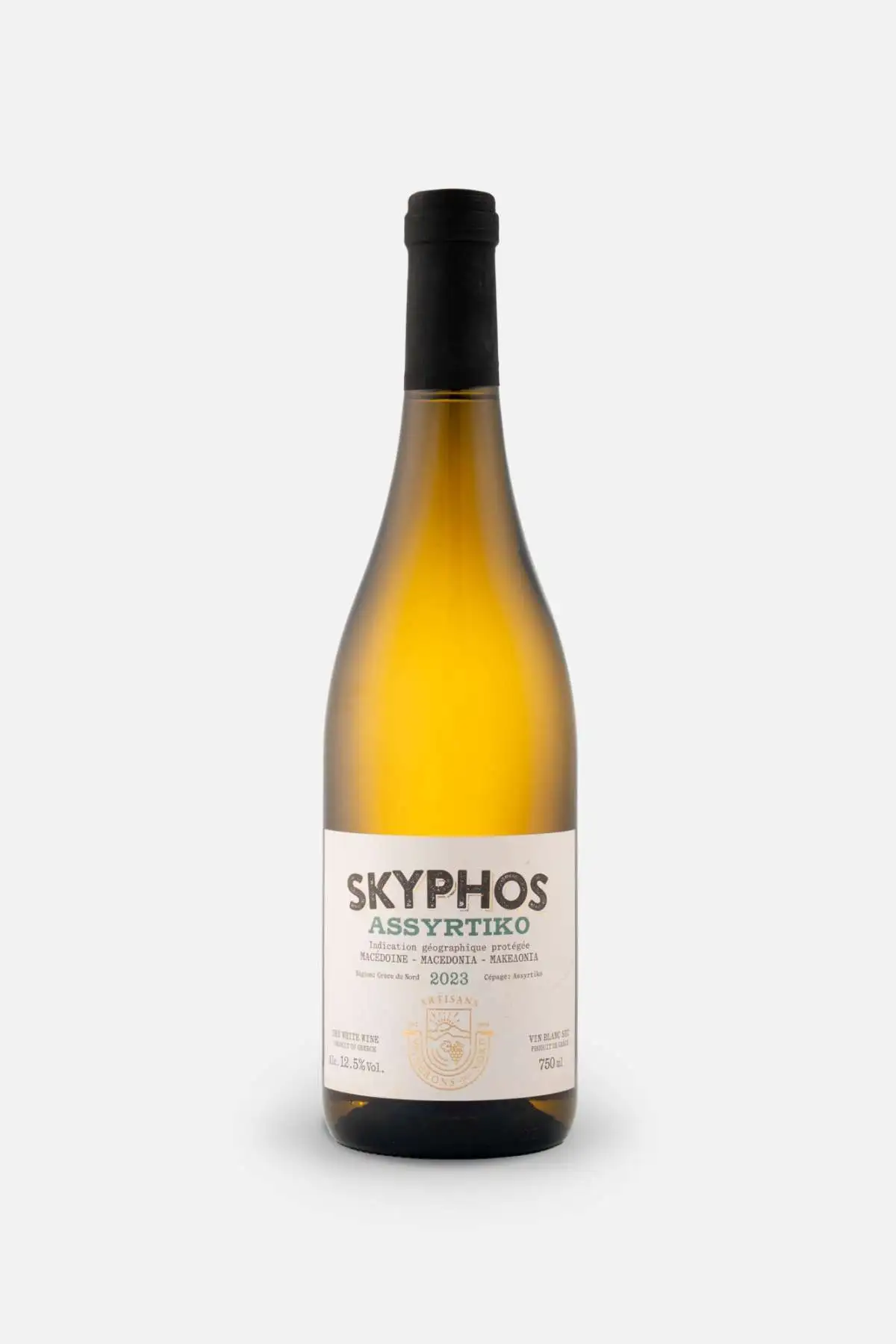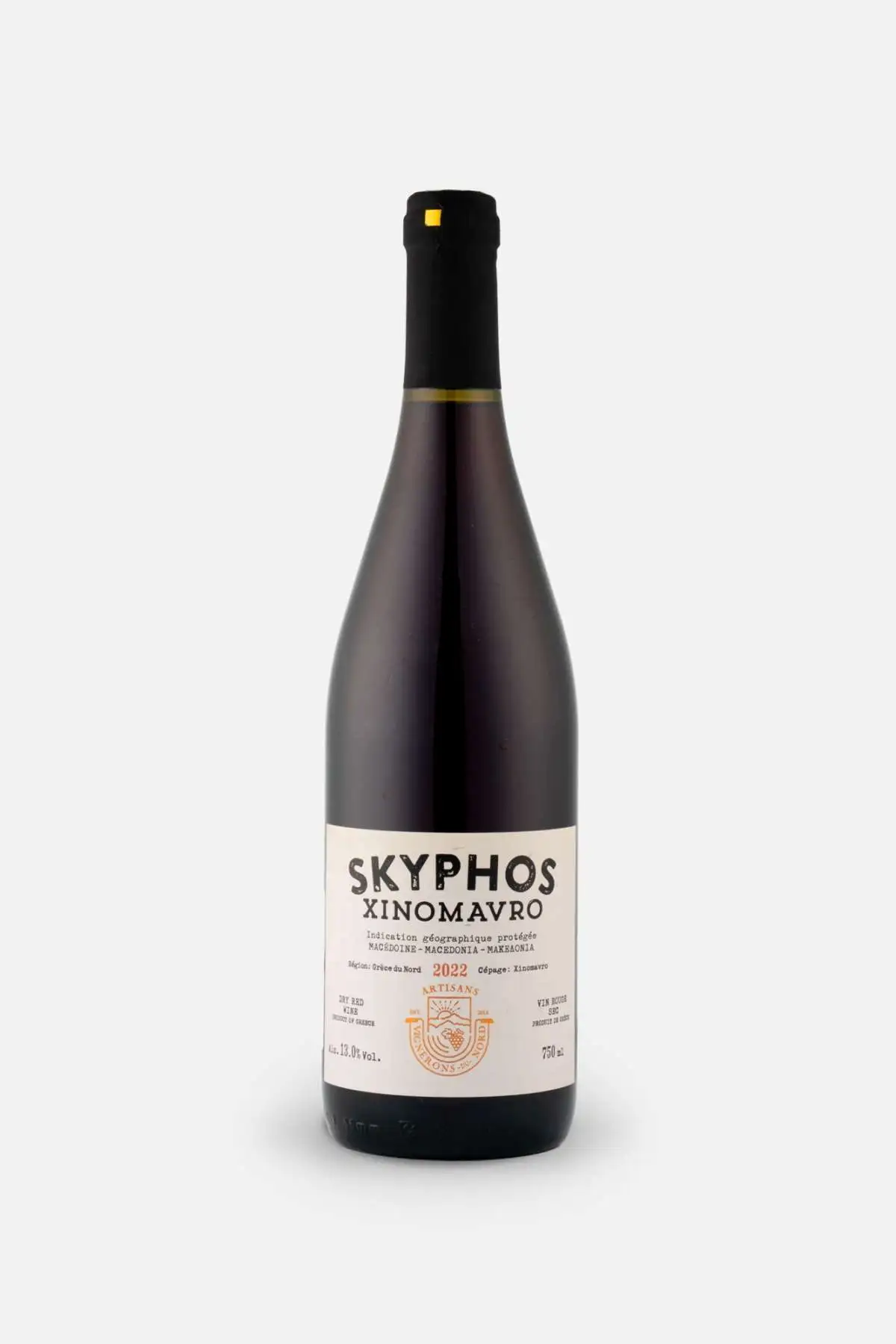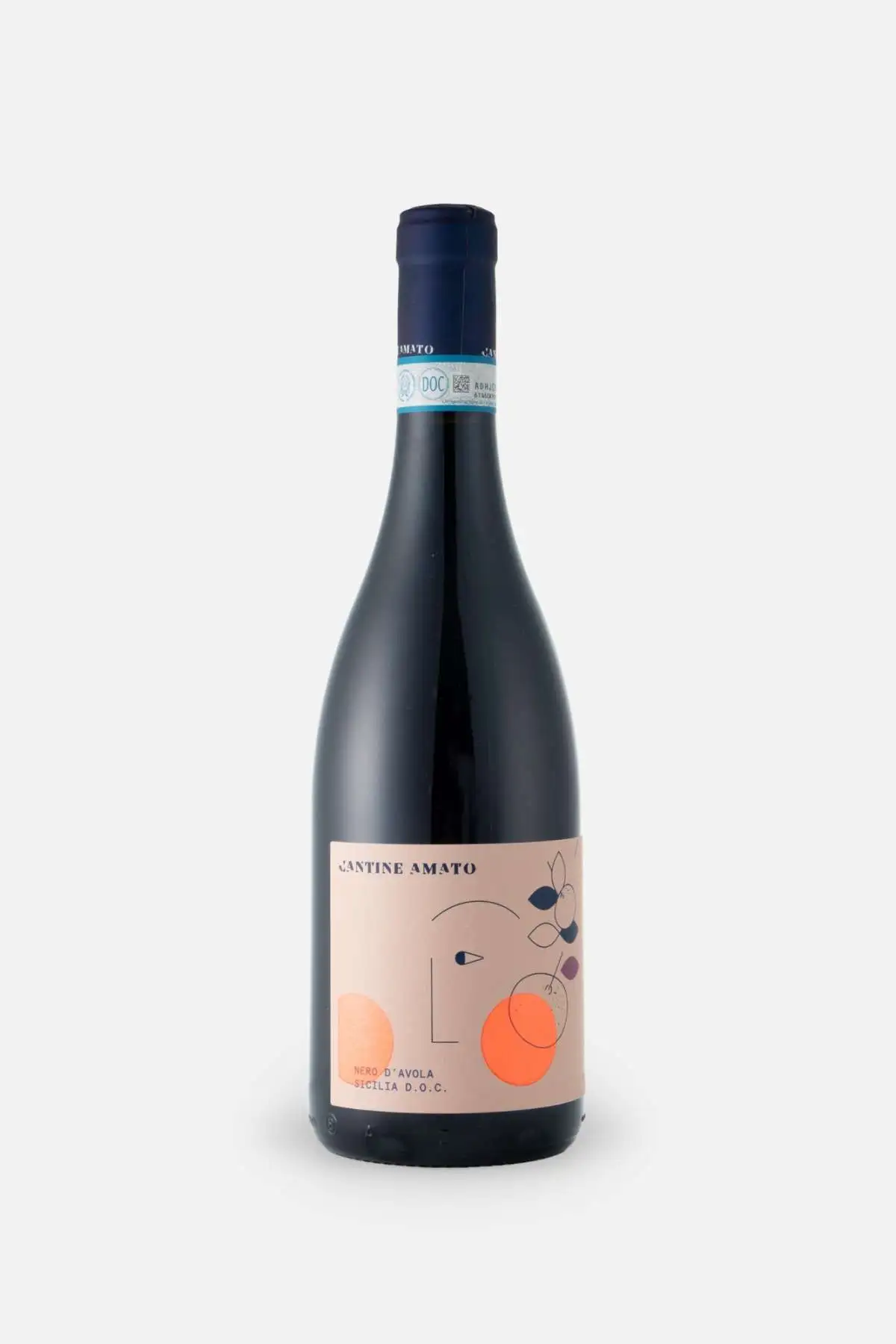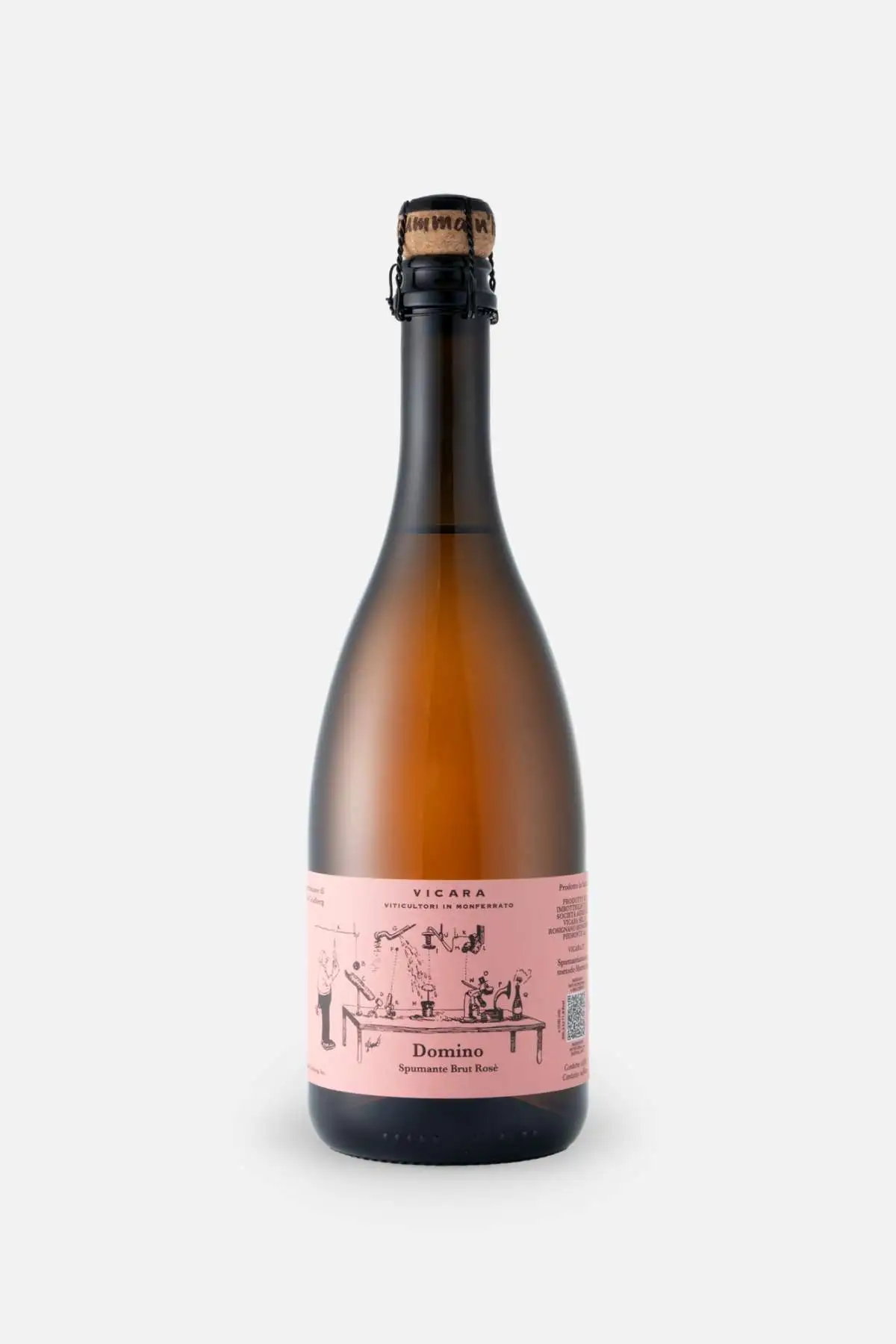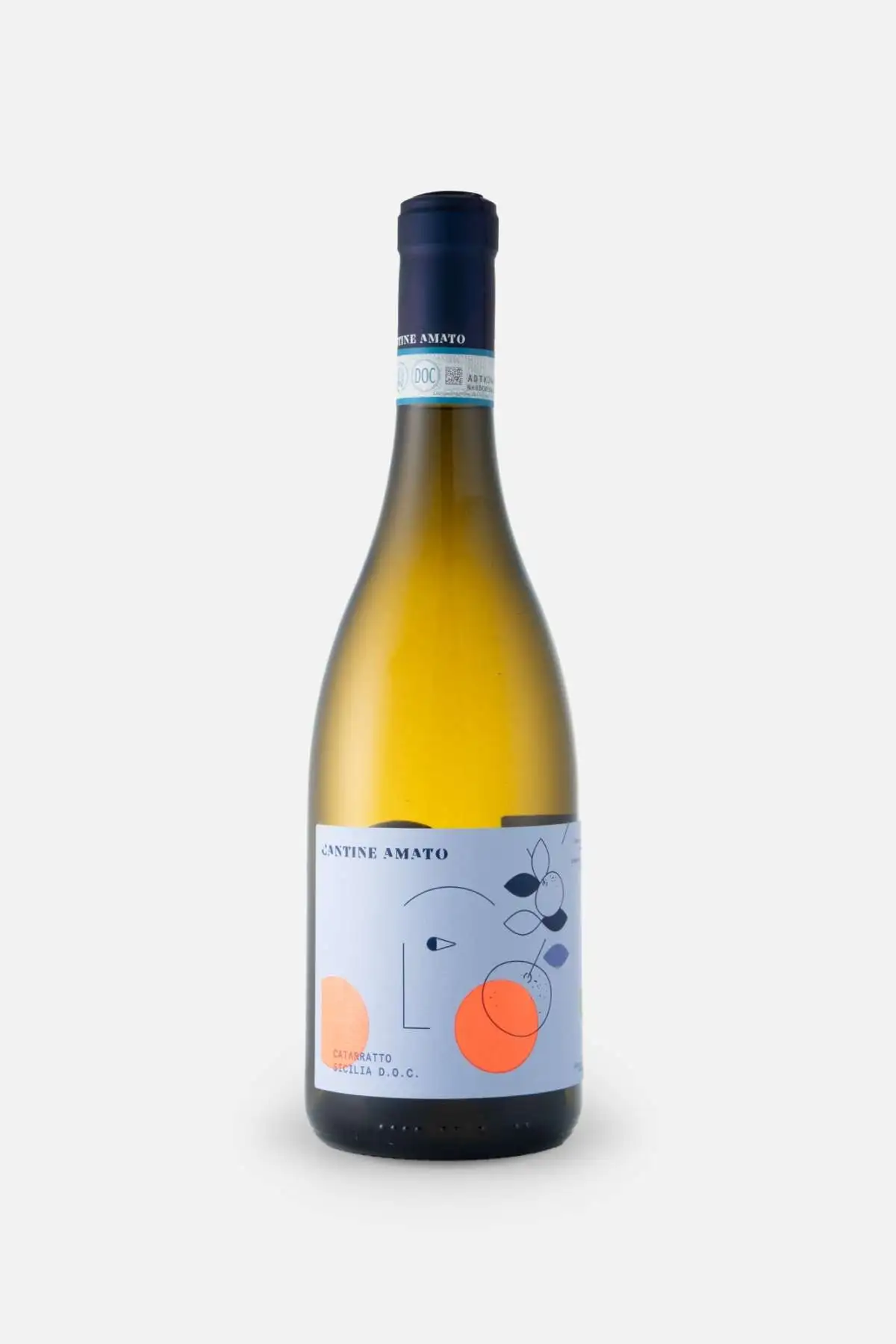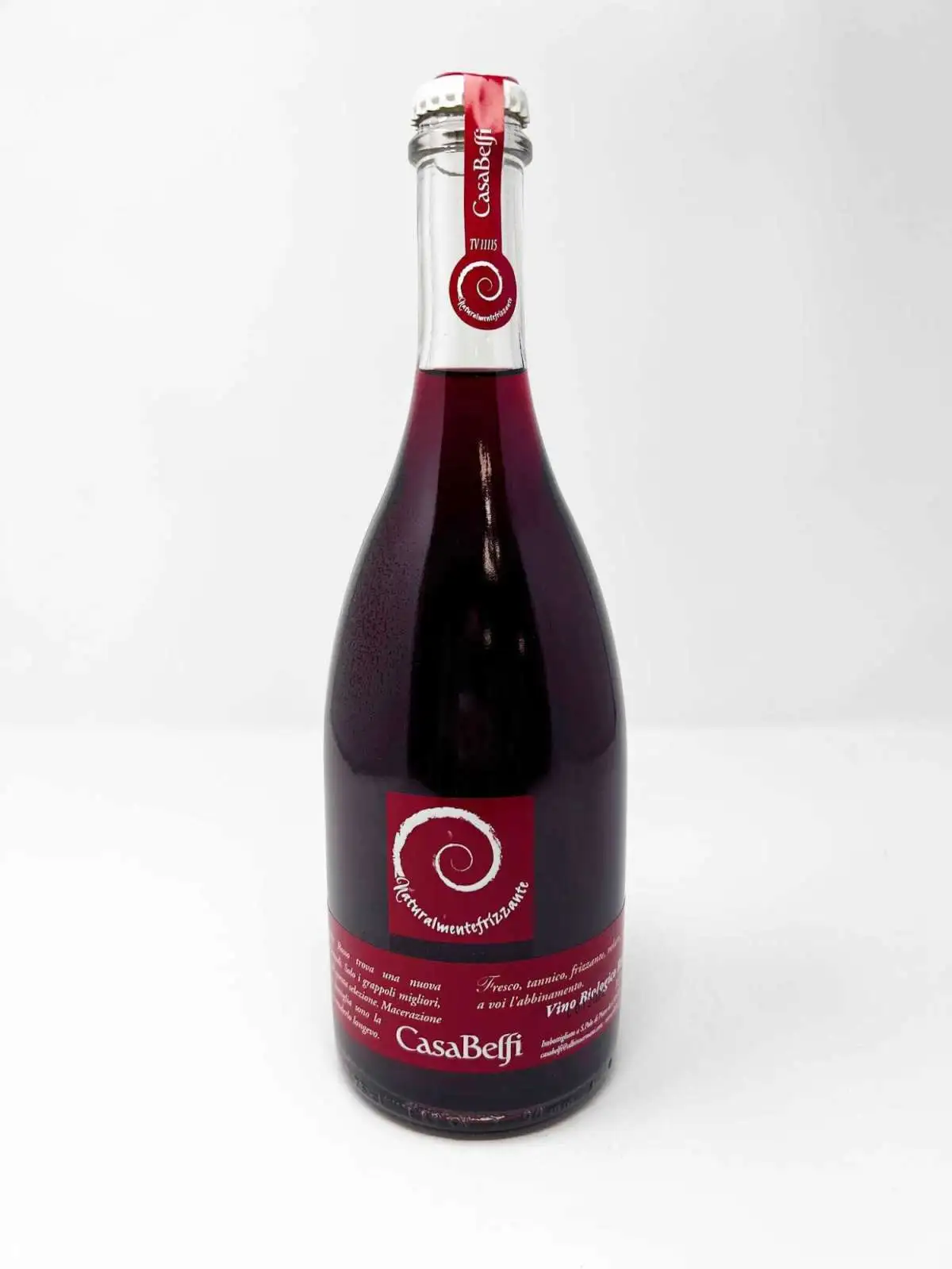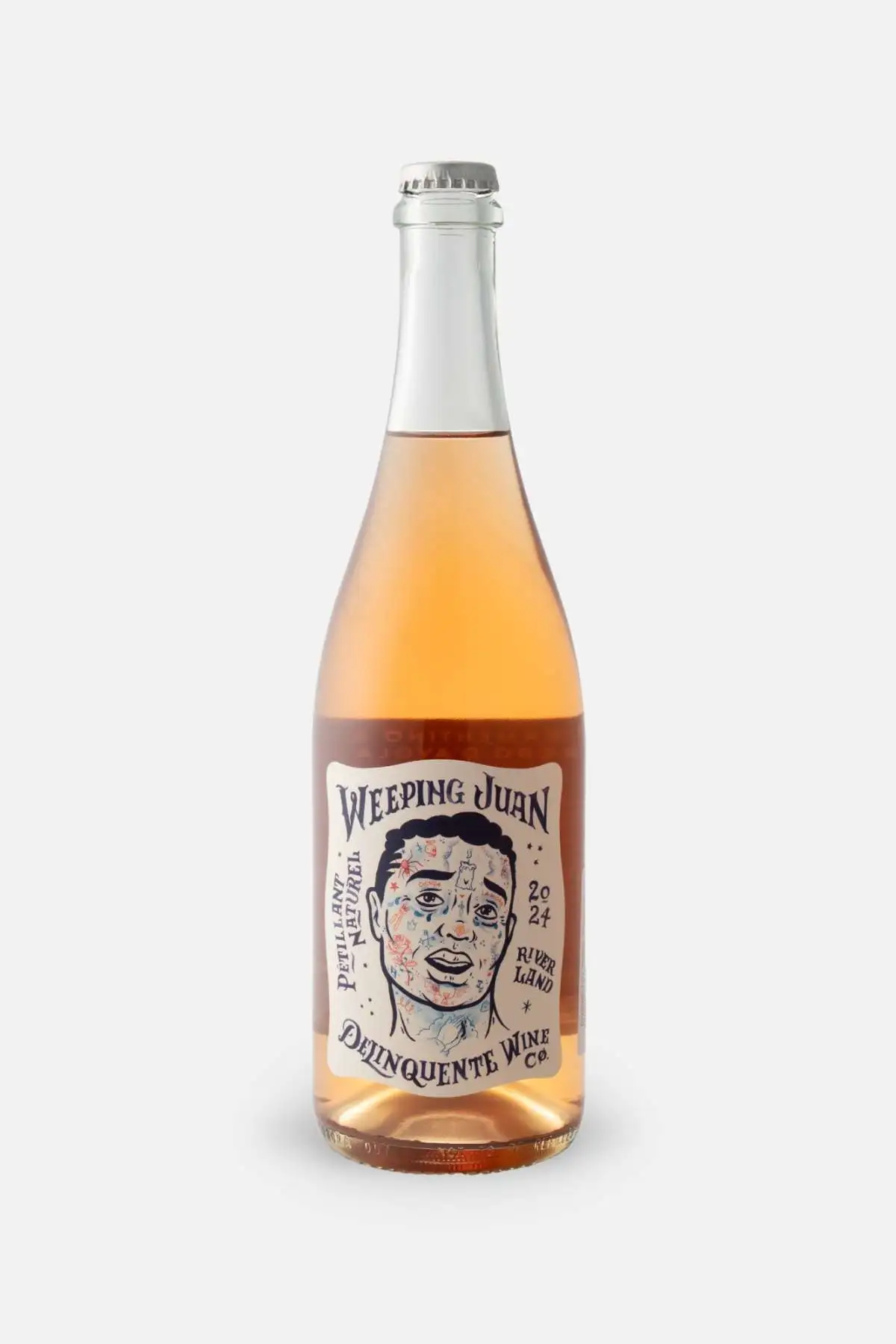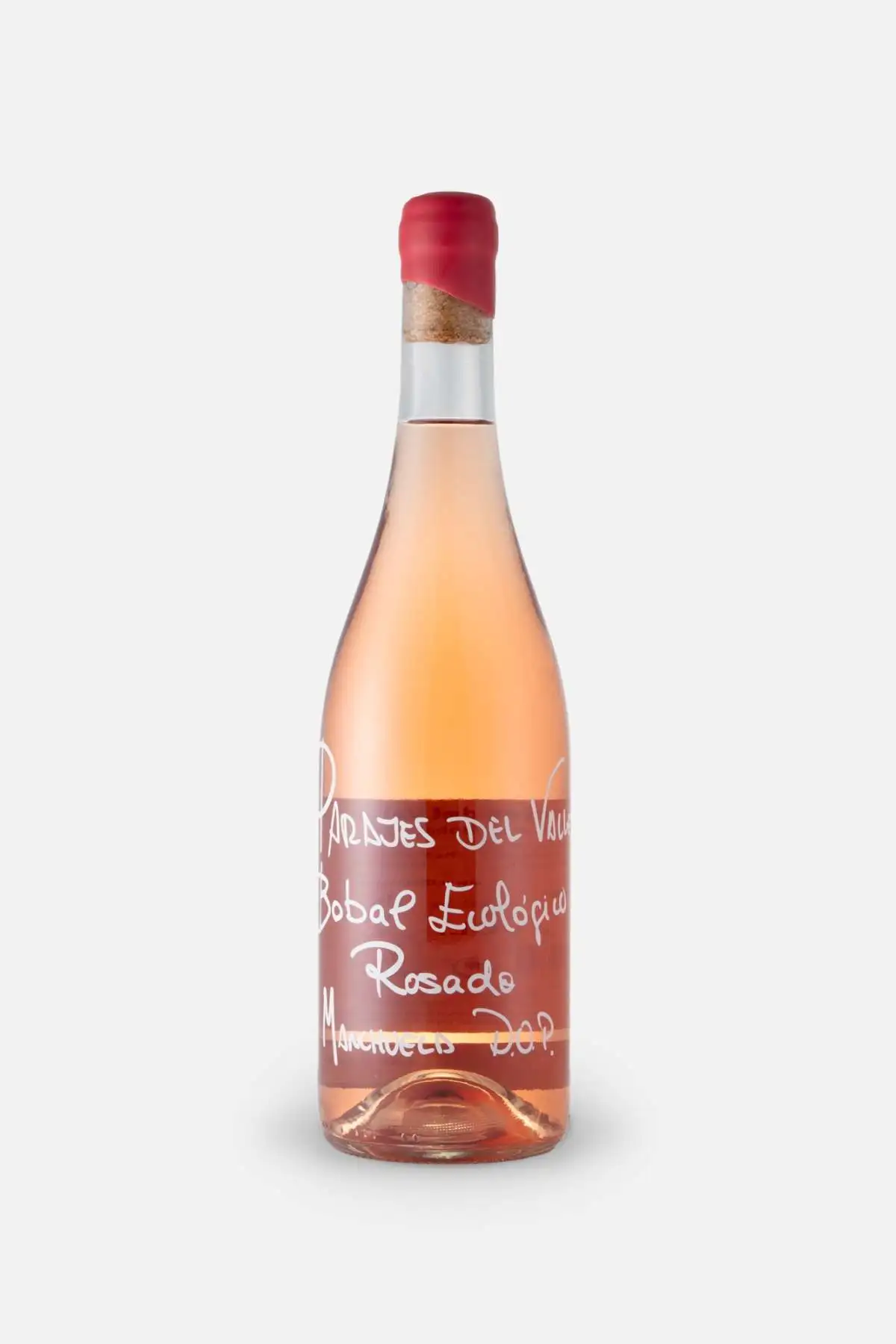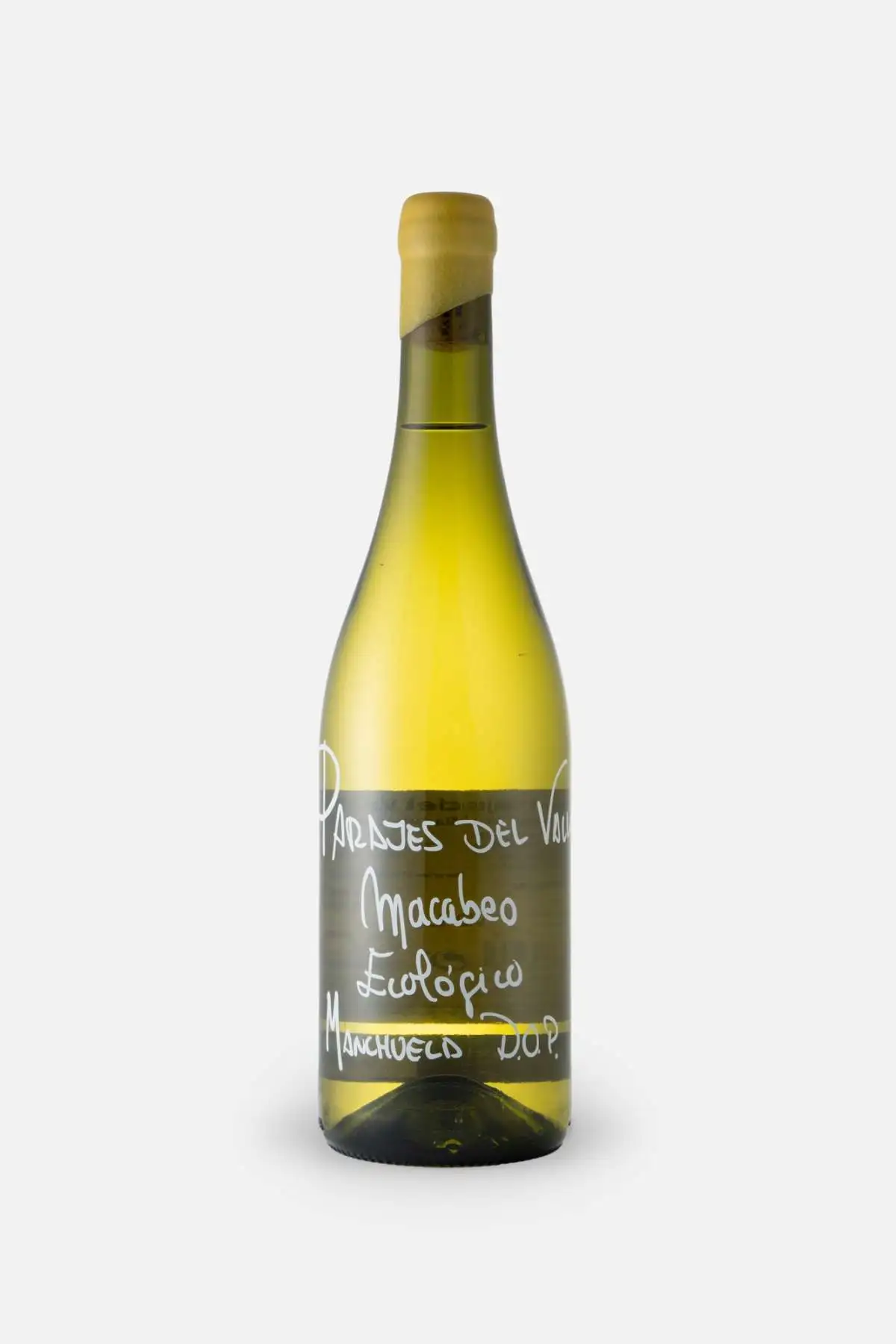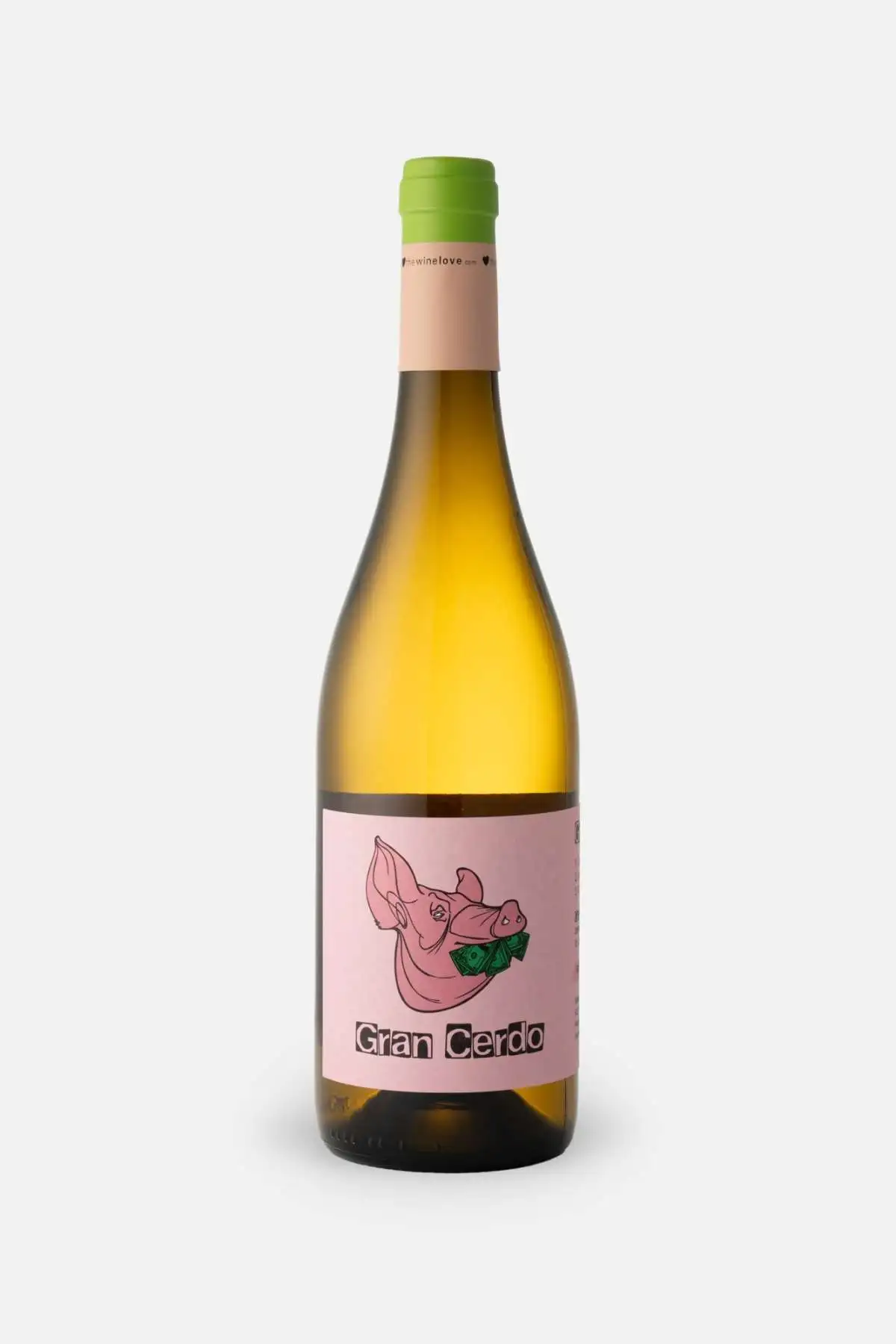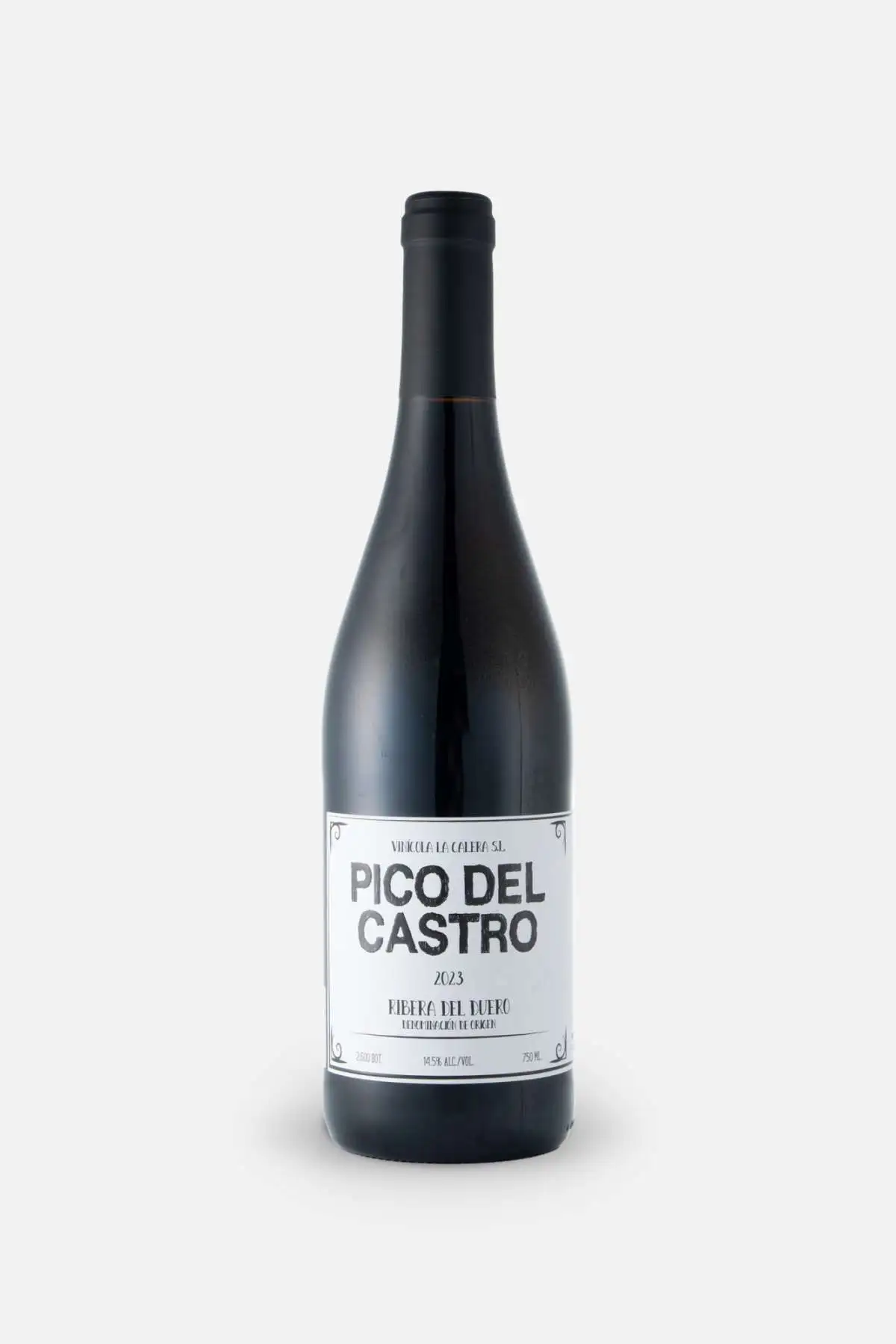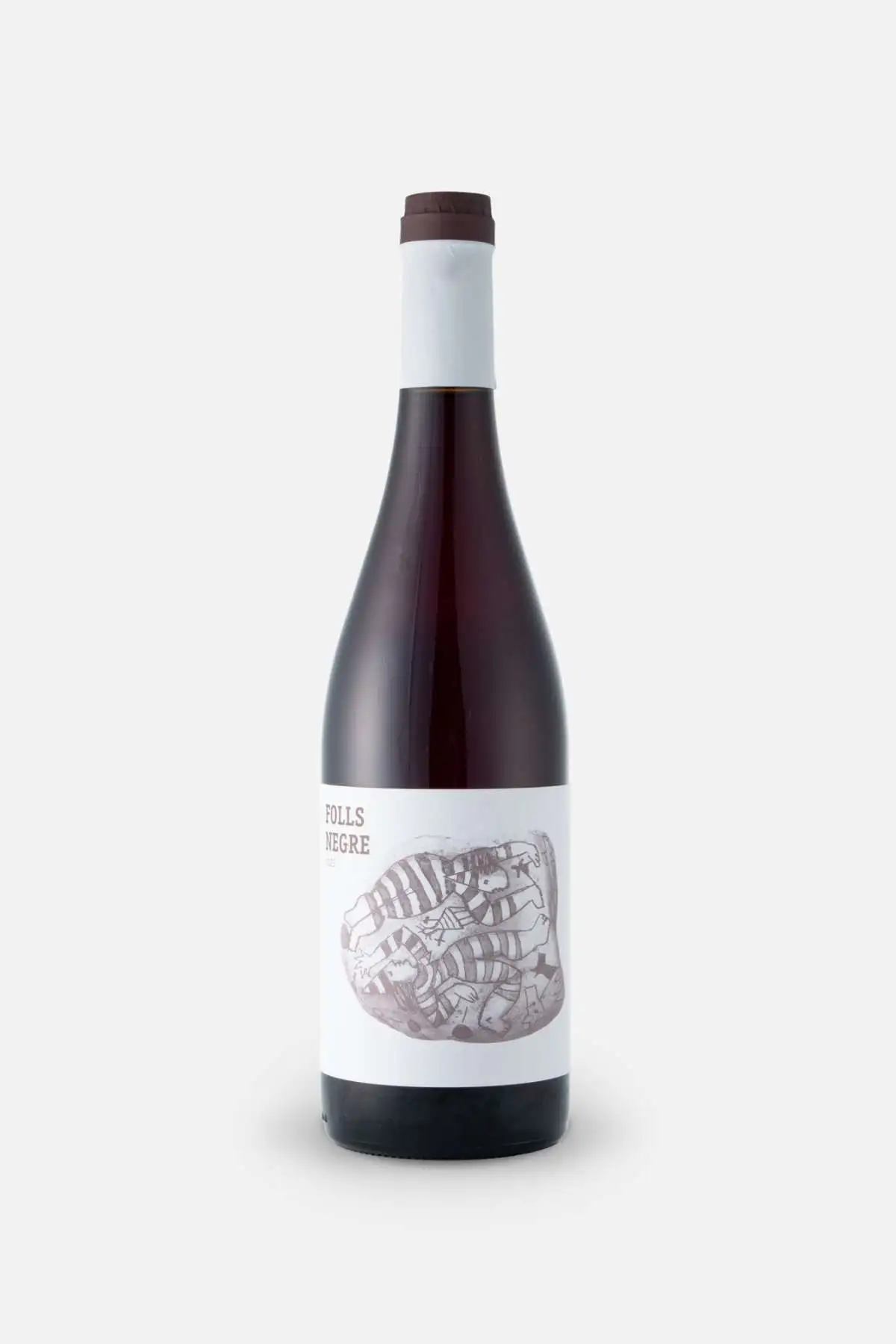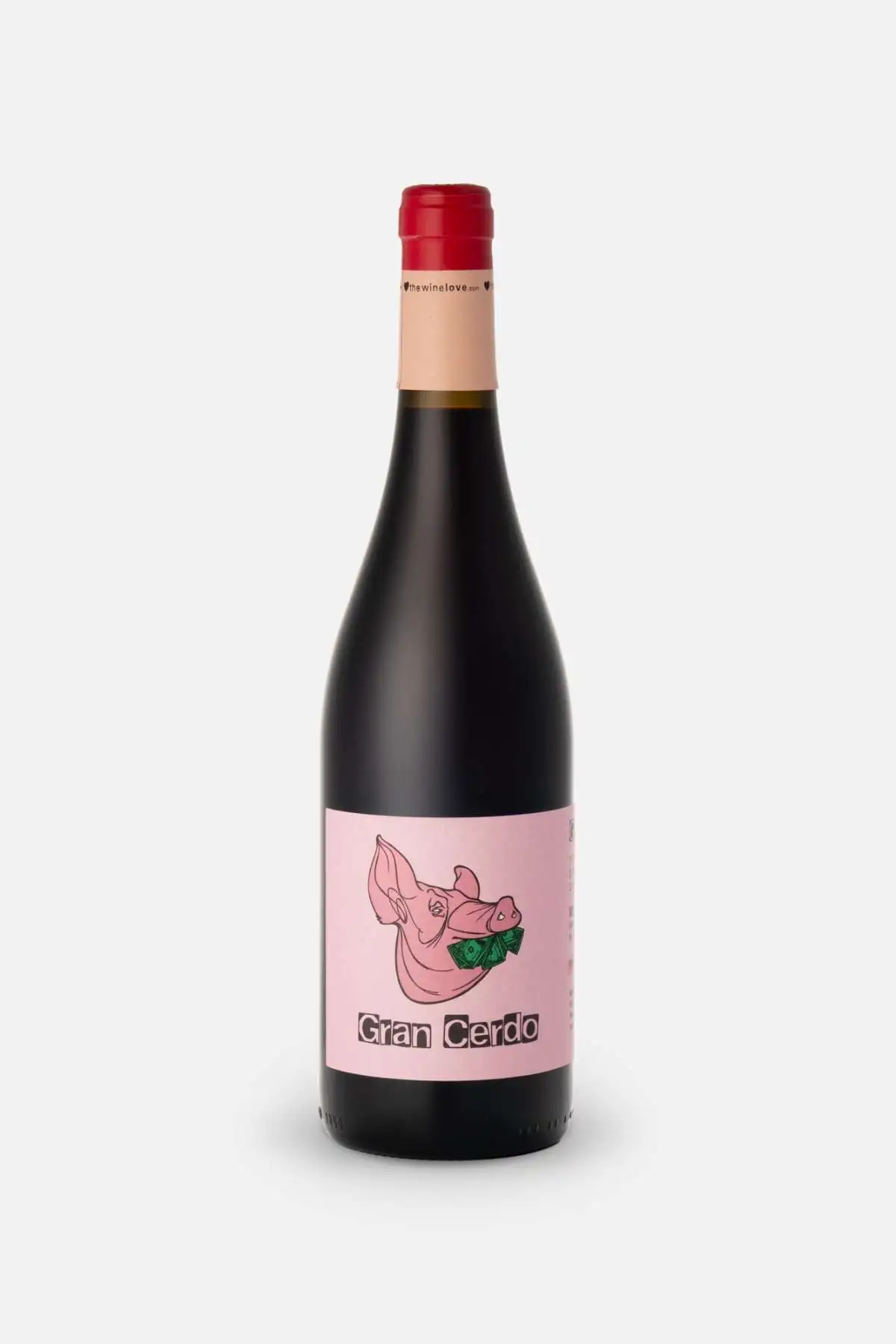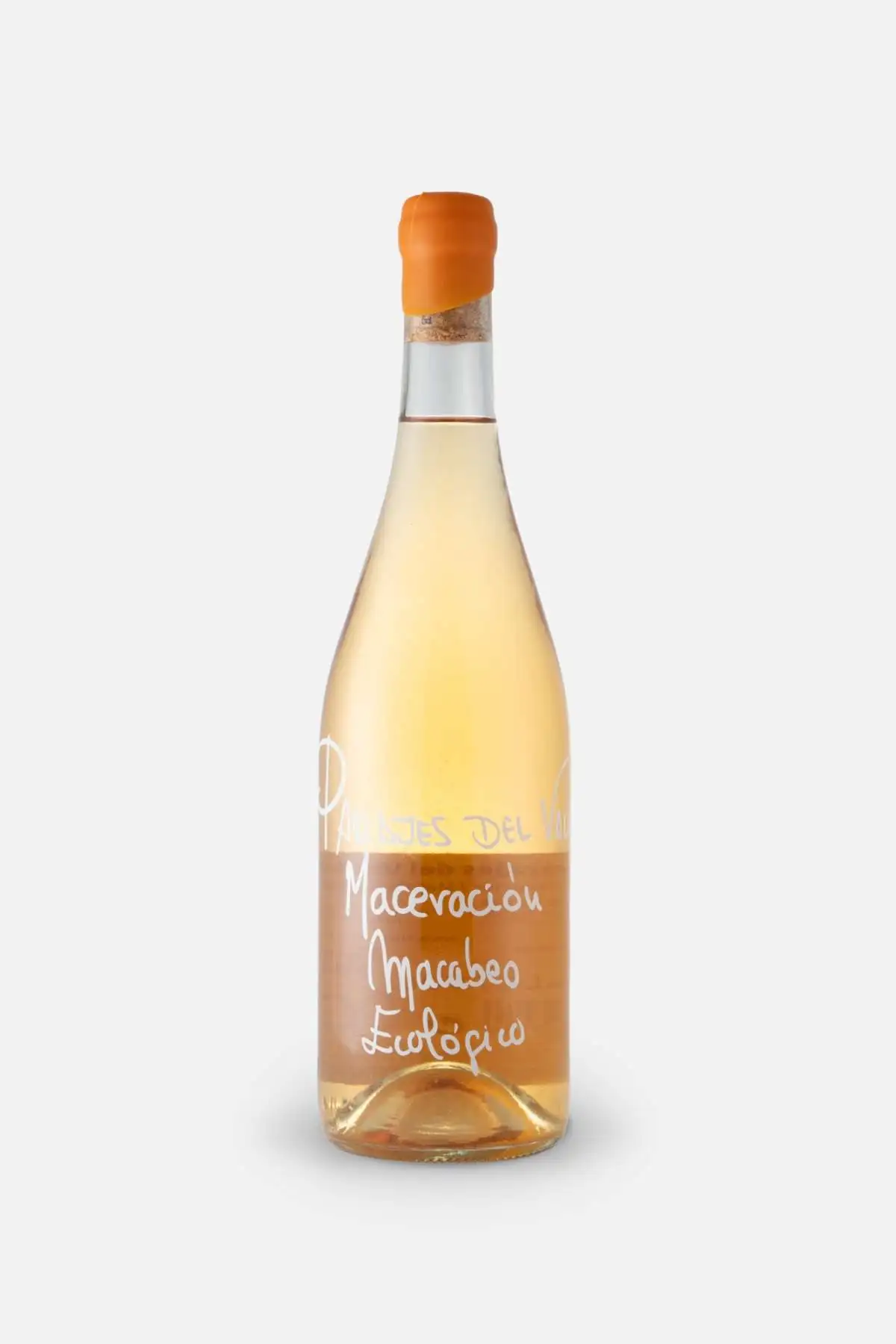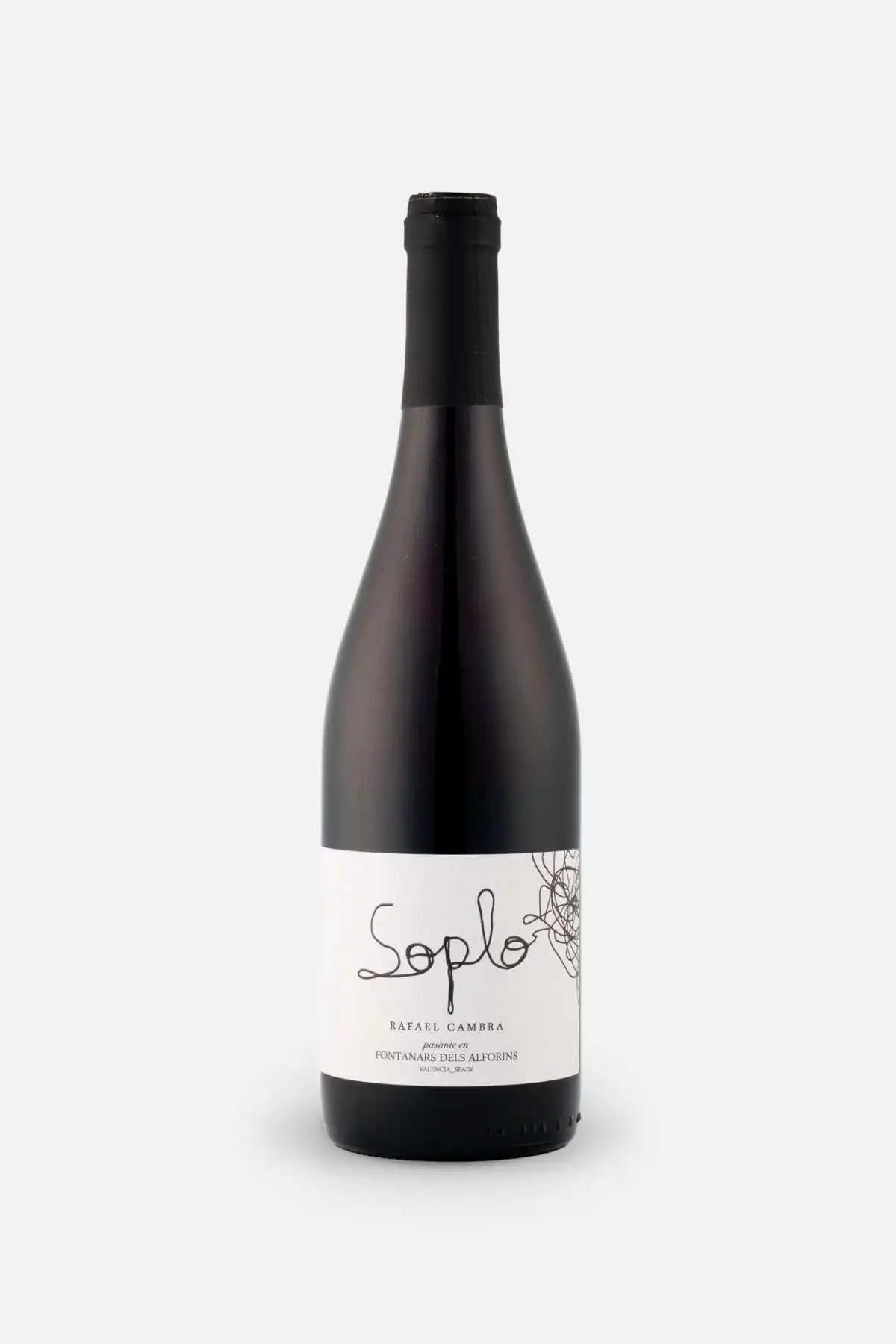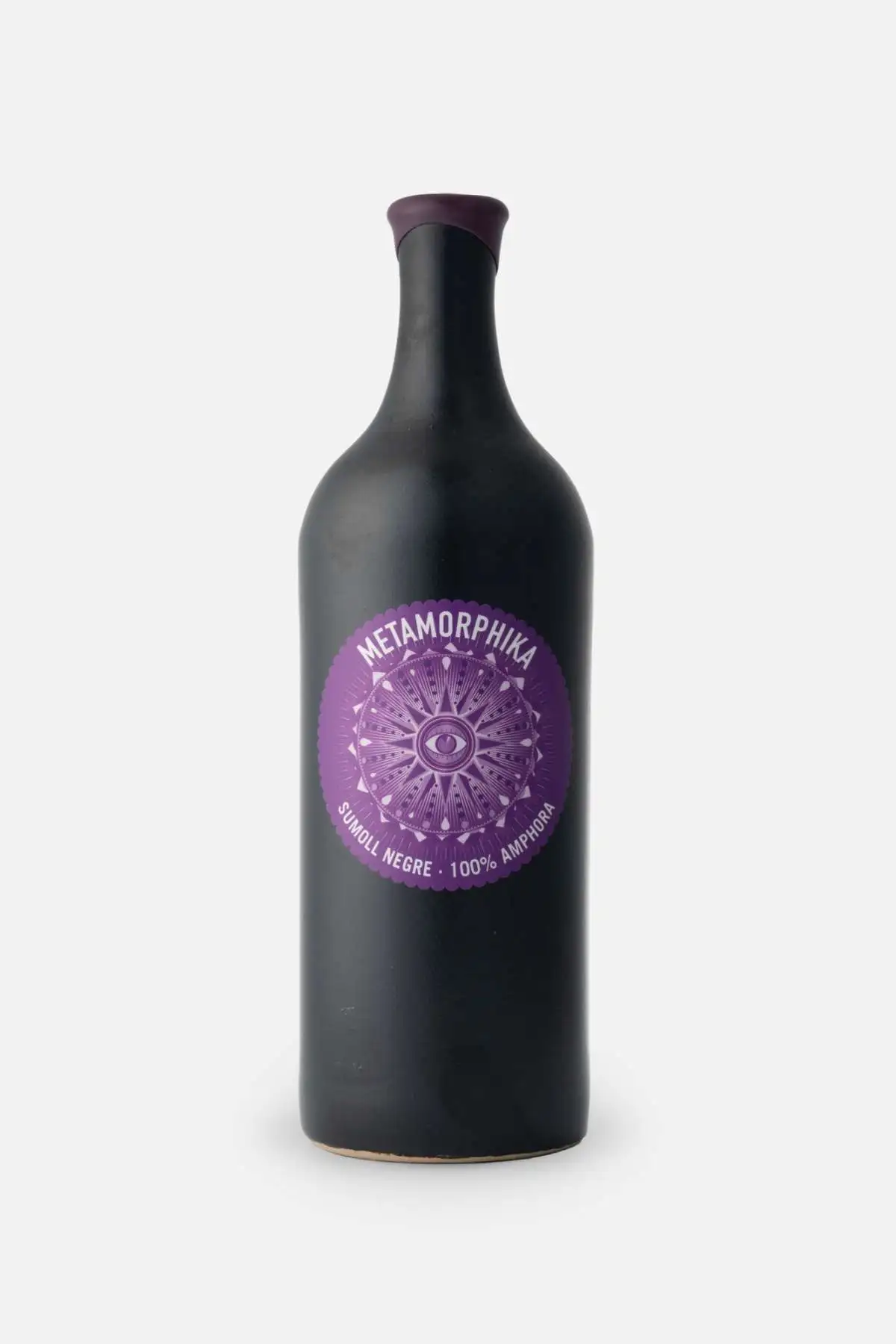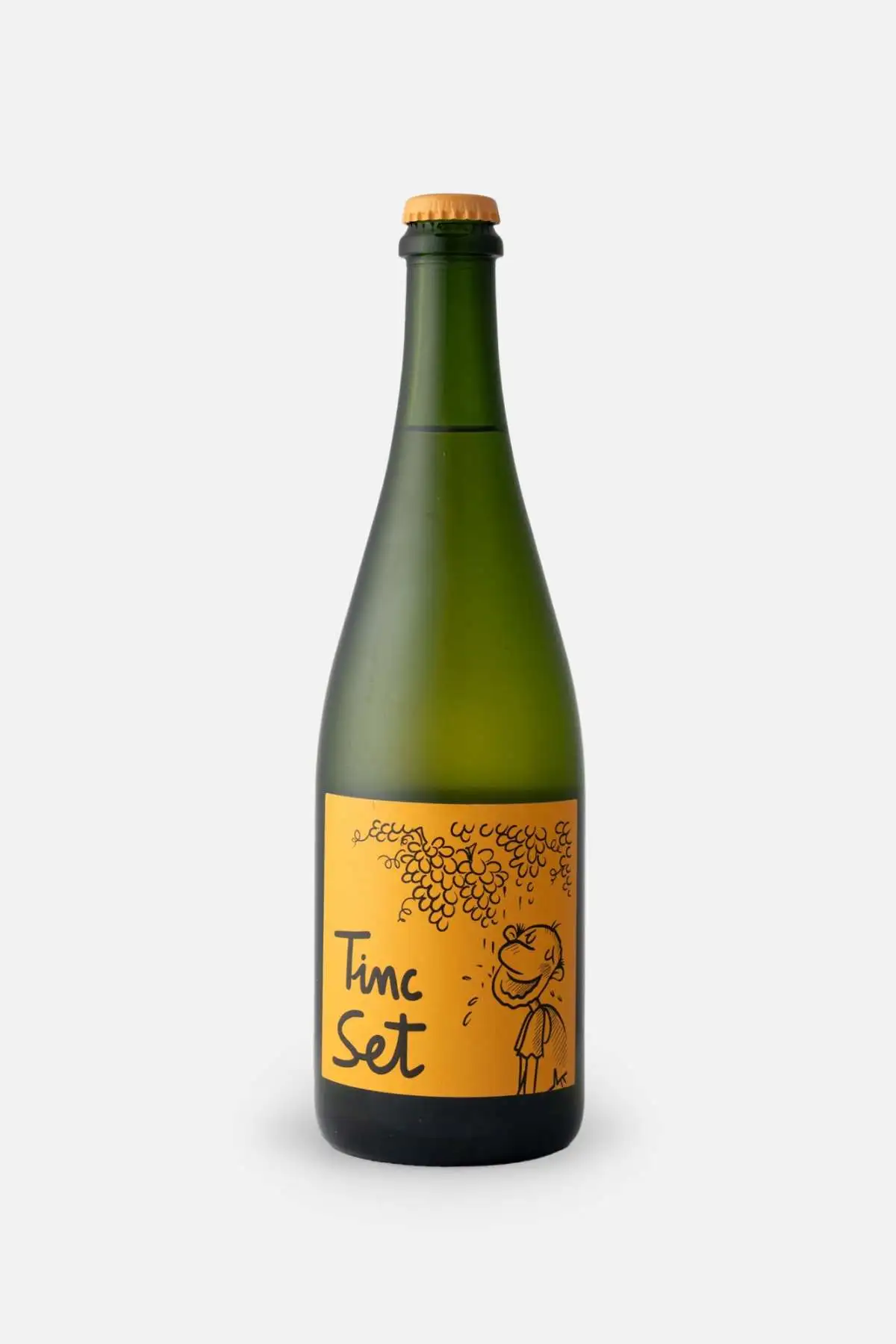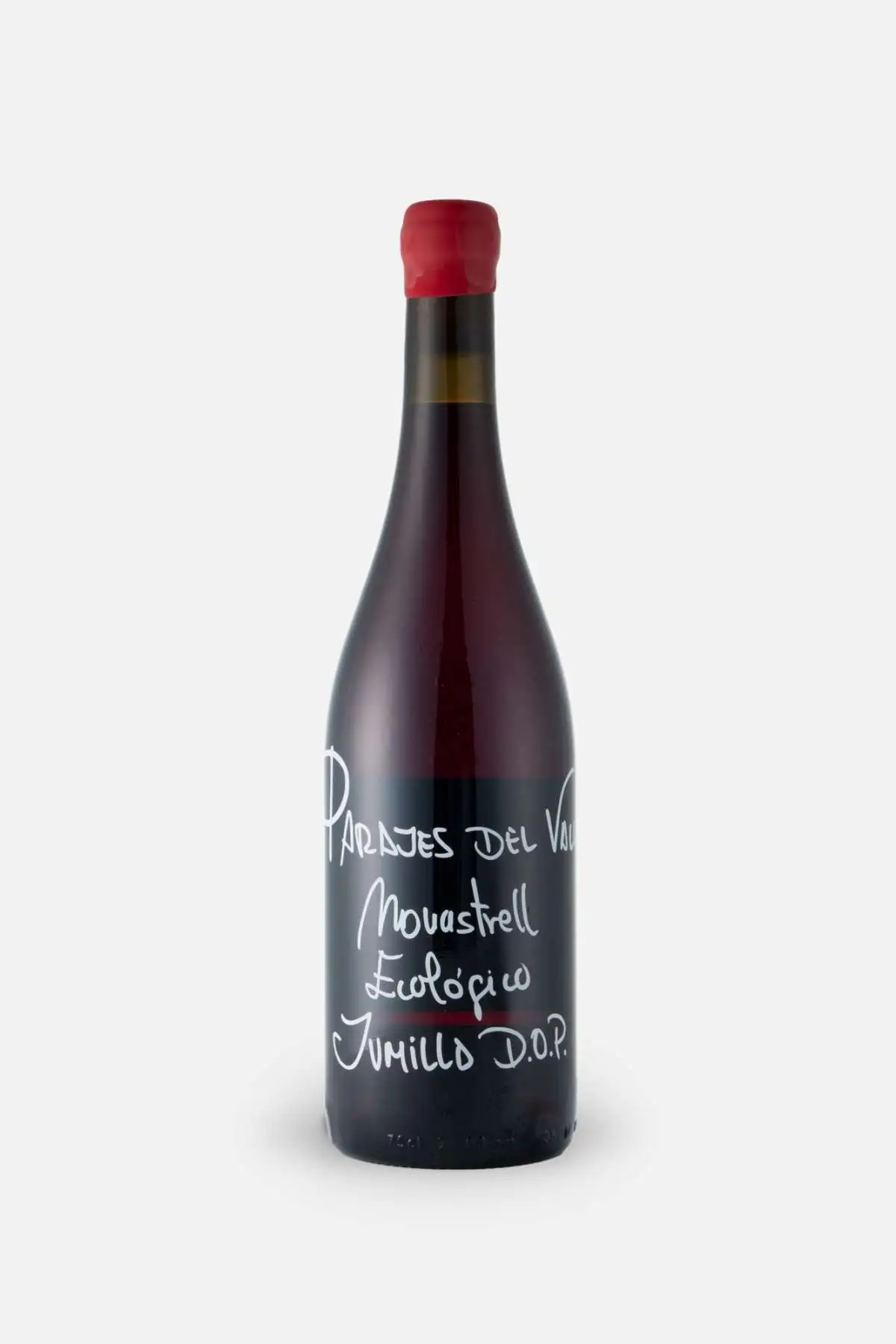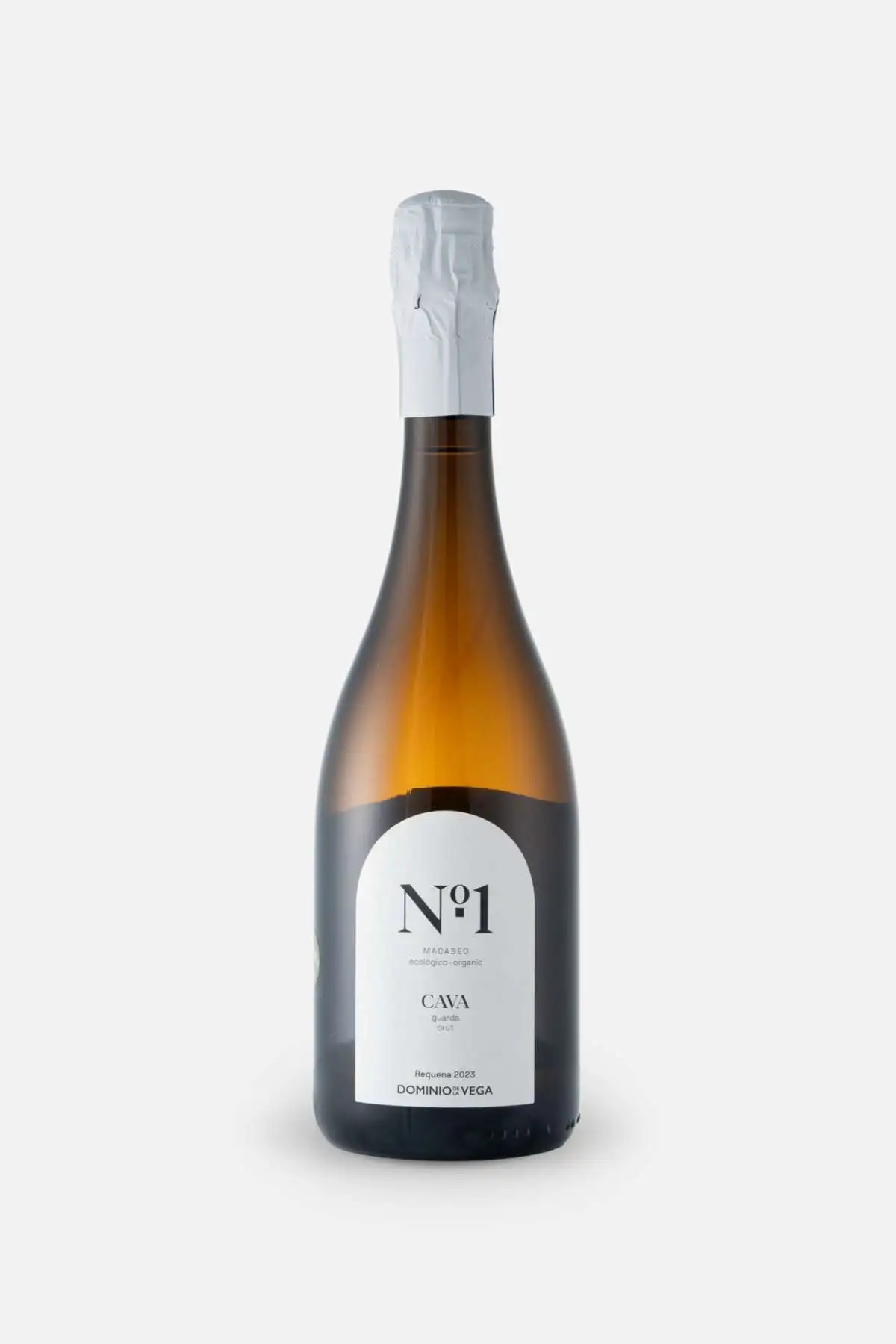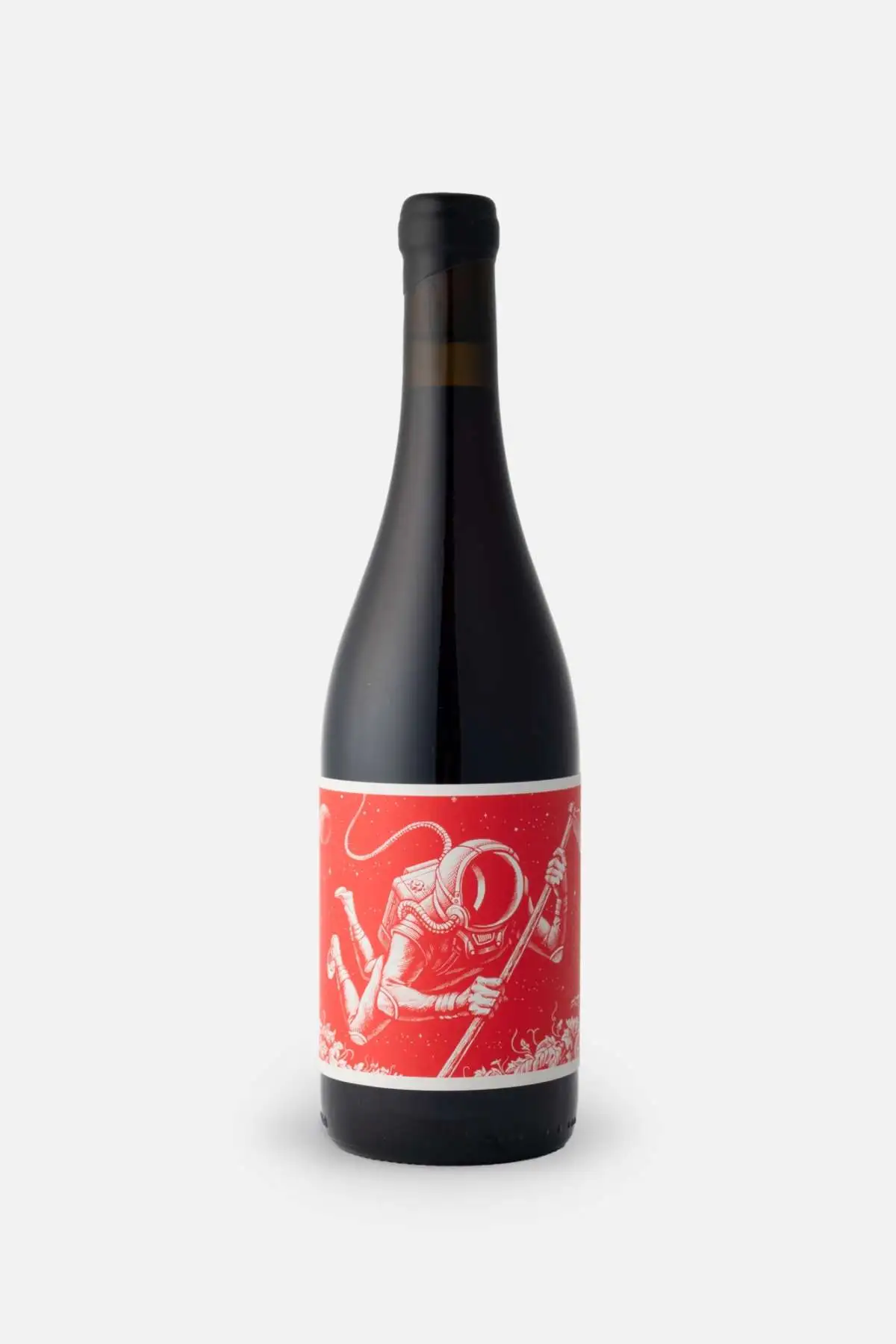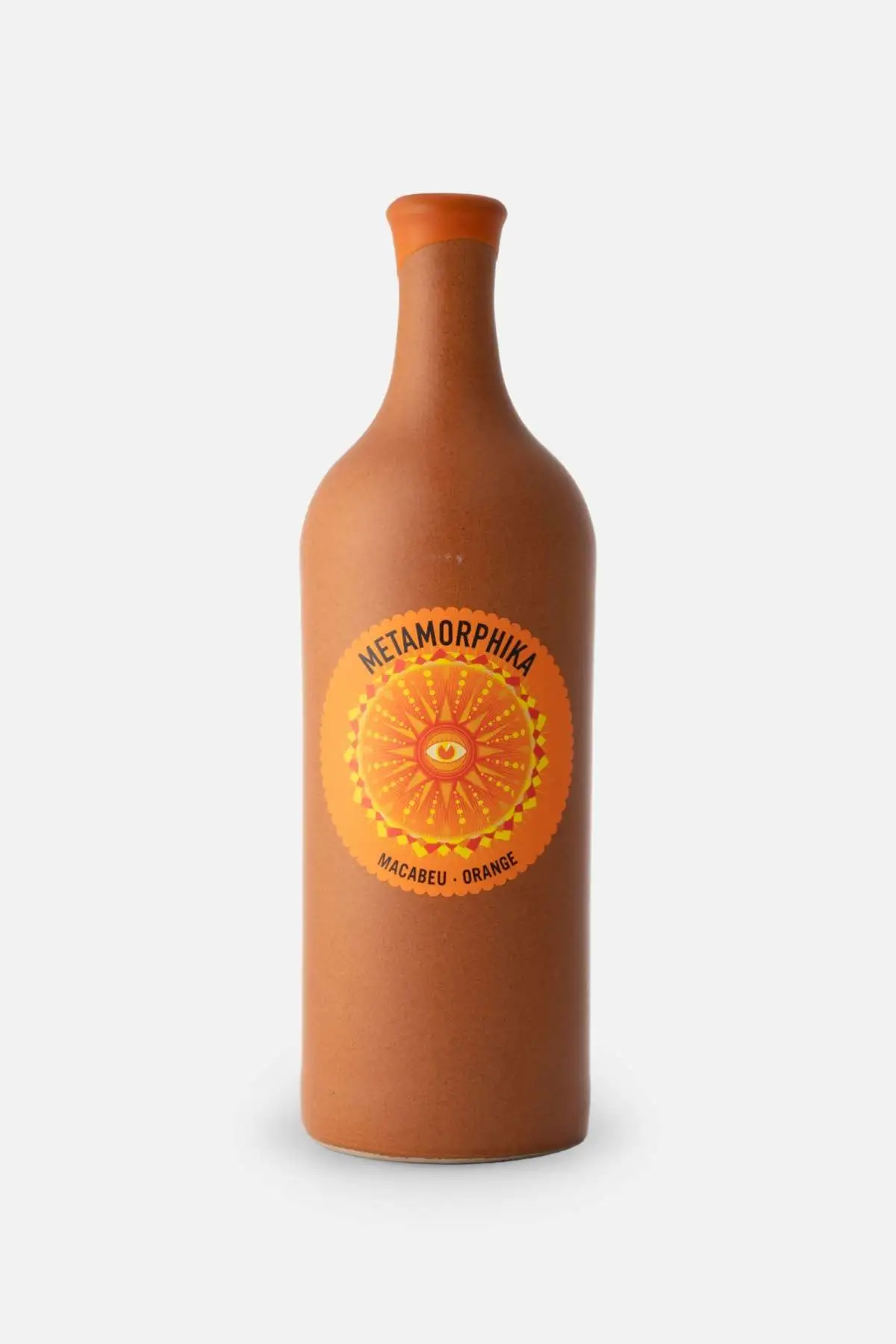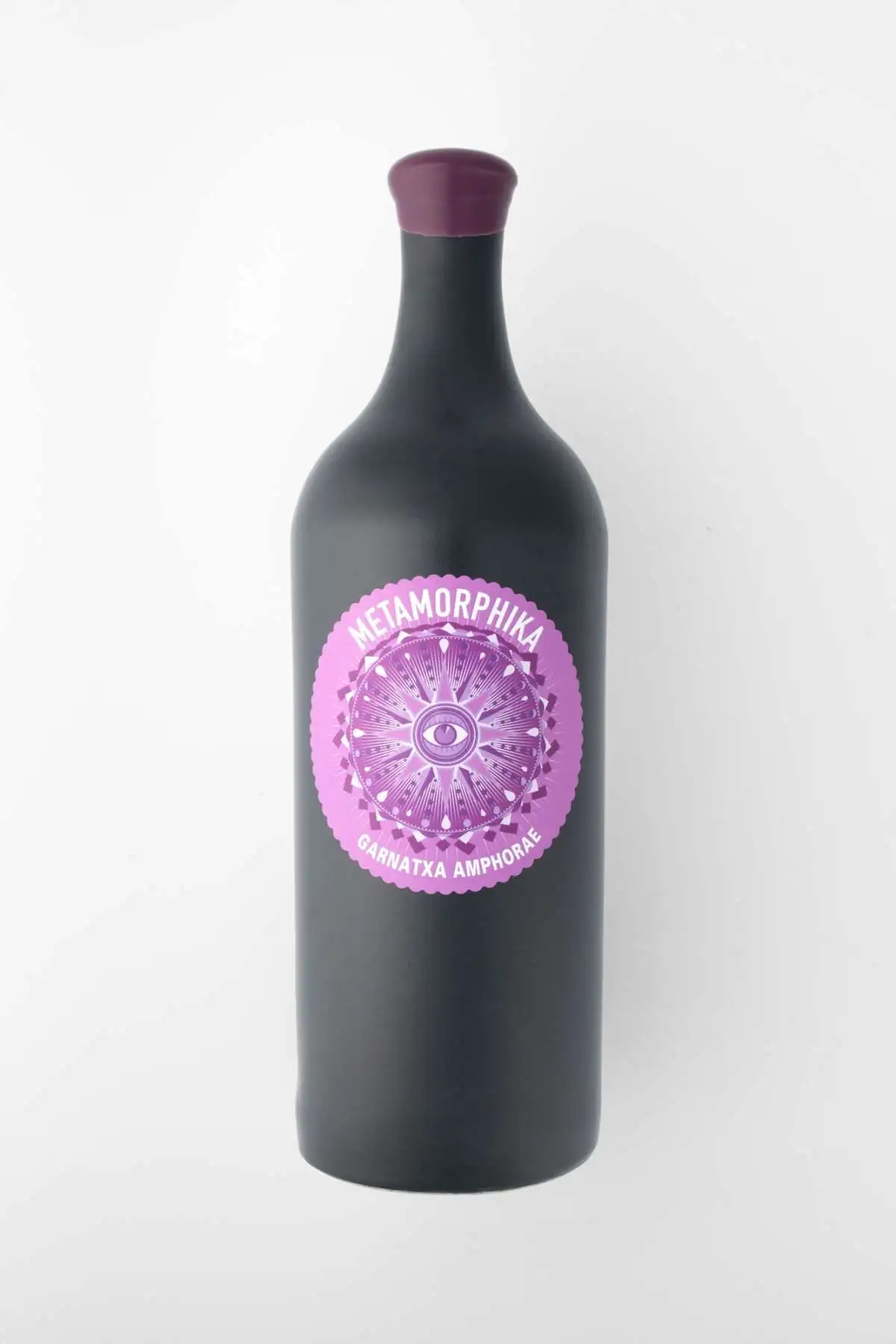Wine Origins
Argentina
In the 20th century, the industry prioritised quantity over quality to keep up with domestic consumption, but the introduction of investment, modern techniques, and a renewed focus on quality helped Argentine wines, and Mendoza's Malbec, gain global recognition. Today Argentina high-altitude…
read more →Australia
Despite having no native grapes, Australian growers have successfully cultivated European varieties like Shiraz, Pinot Noir and Chardonnay to the point of international recognition. The Australian wine industry has faced big challenges in recent decades- with drought and overproduction making for a…
read more →Austria
The Austrian wine industry is possibly most infamous for its 1980s Antifreeze scandal, when revelations of chemical adulteration almost destroyed the market. This controversy did however force the country to tackle mass production and low standards while redirecting makers to focus on quality,…
read more →Chile
Grape varieties grown in Chile are largely of Spanish or French origin. Pais is used to great effect in rustic jug wines, while modern wines like Cabernet Sauvignon are being perfected with a distinct Chilean style. Natural winemakers in Chile benefit from the ‘pure’ ungrafted vines grown…
read more →England
While global warming has widened England's productive regions since the 1970s, unpredictable weather makes new vineyards a risky financial investment. The majority of English vineyards sit in the warmer southern counties of Sussex, Kent, Essex and Hampshire where the climate is drier, warmer and…
read more →France
French wines and their regulations can often be seen as uptight, but these rules protect what is a key cultural export and a major source of national identity for France. The categories- Vin de France, Indication géographique protégée (IGP) and Appellation d'origine protégée (AOP)- all ensure…
read more →Germany
As some of the most northern vineyards in the world, Germany produces many unique varieties or cross varieties that are frost resistant. Preserving these historic vines is incredibly important to the German wine industry- which is where the chemical free and ecological philosophy of natural wine…
read more →Greece
There is wine production on almost every large Greek island and peninsula, and larger-scale farming on the mainland appellations of Attica, Macedonia and Thessaly. Previously, Greek wines were enjoyed exclusively by locals and tourists but rarely exported. A combination of the ancient history,…
read more →Italy
It’s hard to do justice to the sheer diversity of Italian wine- with producers and consumers alike embracing its numerous native grapes.. The geography of Italy makes it a natural fit for wine growing- with mountainous terrain dominating the long peninsula of the country where the mediterranean…
read more →New Zealand
While viticulture was first practised in the 19th century by English colonial missionaries, the British influence in the country meant that it was less popularly explored than beer brewing and spirit distilling. The modern era of New Zealand winemaking was led by large estates who planted heavily…
read more →Portugal
Though grapes had been grown on the Iberian peninsula for millennia, the influence of the Romans on Portuguese wine production was enormous. Britain too has played a big part in expanding Portugal’s wine industry, with the English crown having a virtual monopoly on the Portuguese wine trade between…
read more →South Africa
Bottom Page Bonus Content South Africa’s wine history is complex and inherently tied to its colonial history. Dutch colonists planted estates to grow grapes intended to stave off scurvy, but production in the region didn’t truly take off until the 1900s, when supply vastly exceeded demand. While…
read more →Spain
Spanish winemaking is still deeply rooted in the traditions of its rustic history, where the winemaker was seen as a nurturer rather than a producer. Generous oaking and barrel ageing was key to old style spanish wines, but adopting stainless steel fermentation vessels brought big change to warm…
read more →USA
While there are some grapes native to the US, the majority of wine-making is based on the Vitis Vinifera vines introduced by European settlers which was most successfully planted on the west coast. National prohibition from 1920 almost killed off the American wine industry for good, with…
read more →


